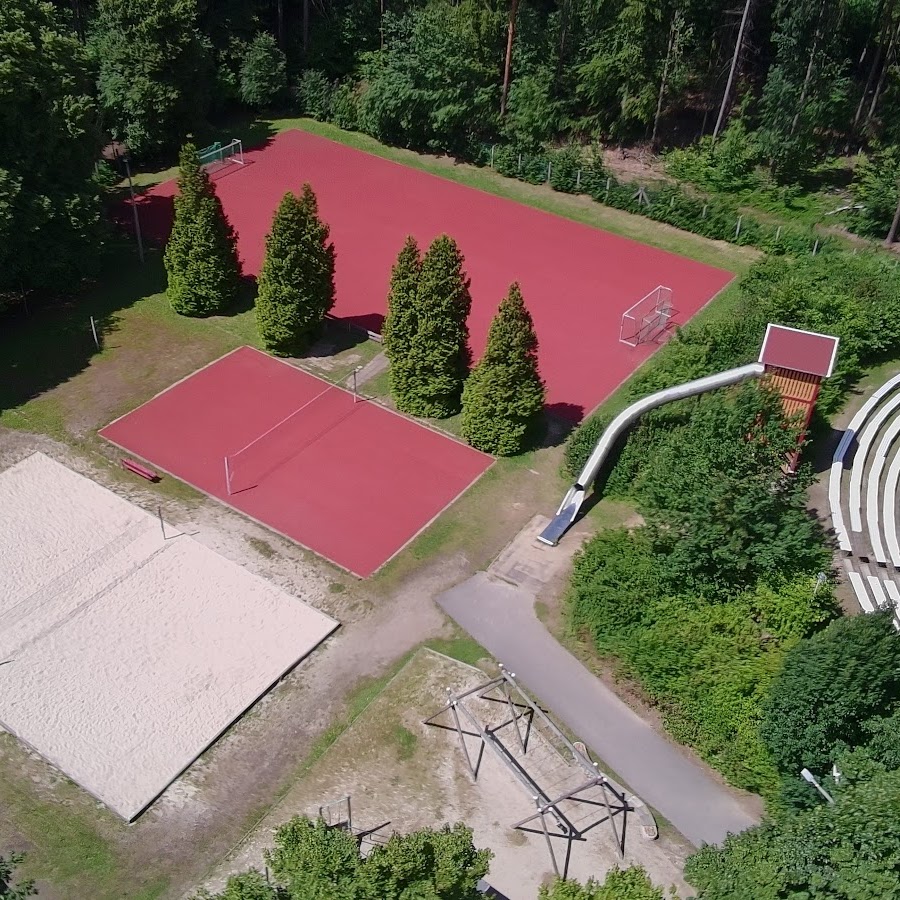Chemnitz
Once a powerhouse of German industry, Chemnitz is now a vibrant city of innovation and culture. Explore fascinating museums, striking architecture, and lively public spaces. Surrounded by green parks and the Ore Mountains, Chemnitz offers a fresh blend of heritage and modern life.
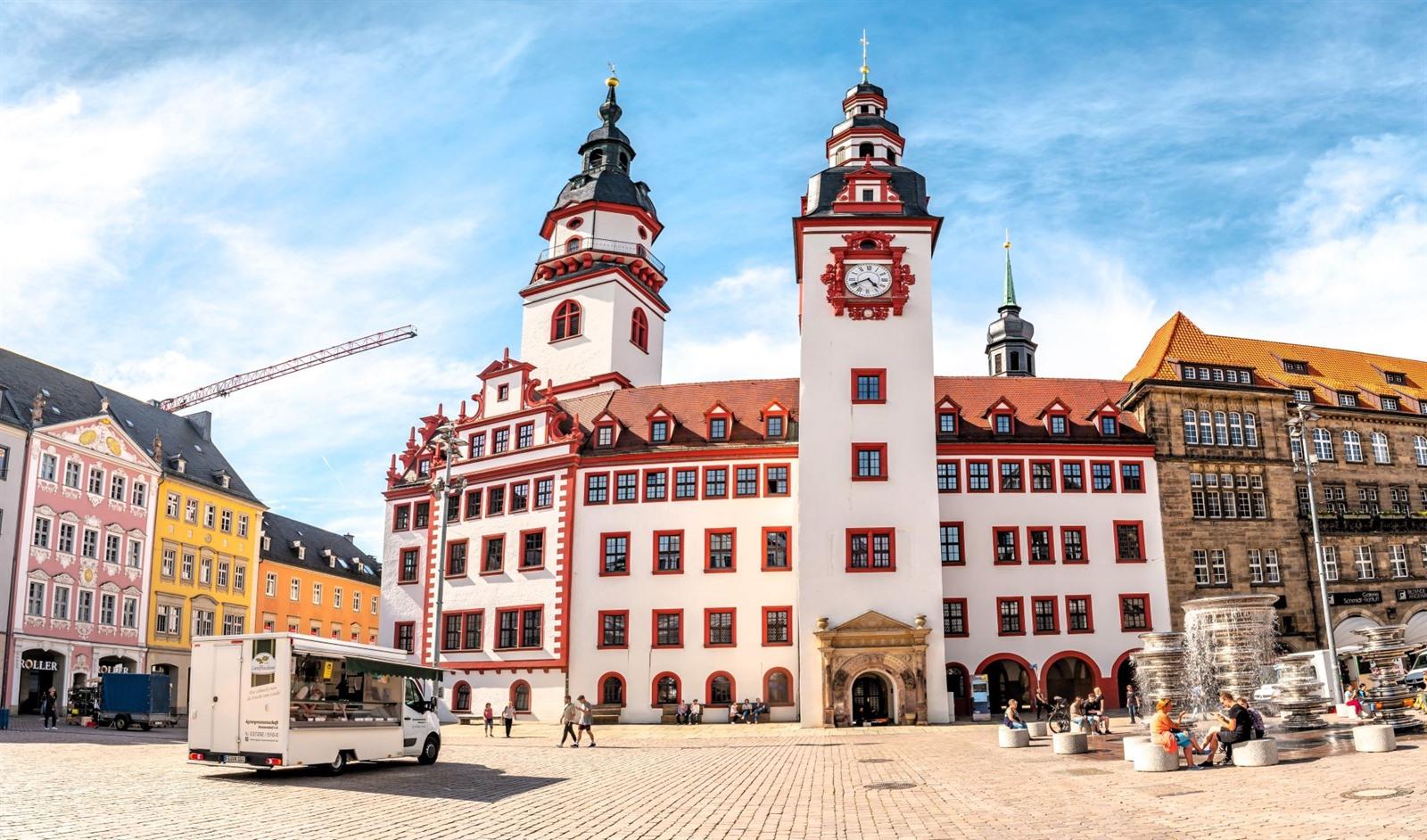
Where to Stay in Chemnitz?
Hotels, B&B's...
Schachthaus Mittelbach
A historical site in Chemnitz, known for its architectural significance and local history.
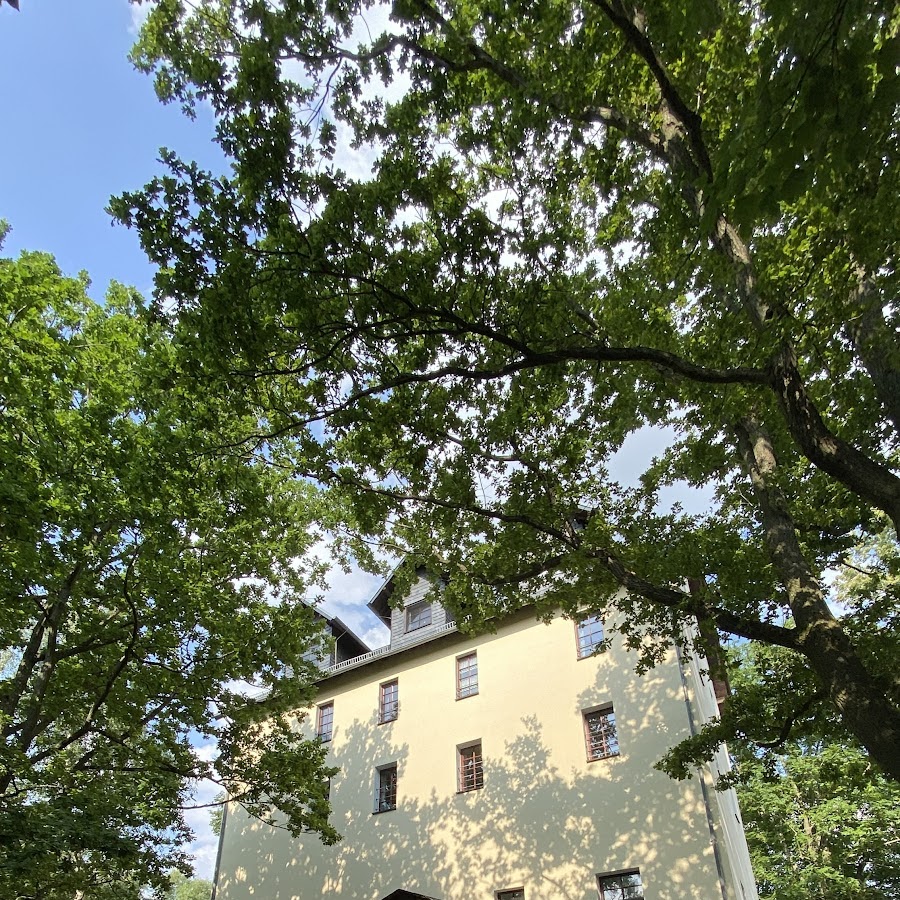
Leisure and Camping Rabenstein
A recreational area offering camping facilities and outdoor activities, perfect for nature lovers.
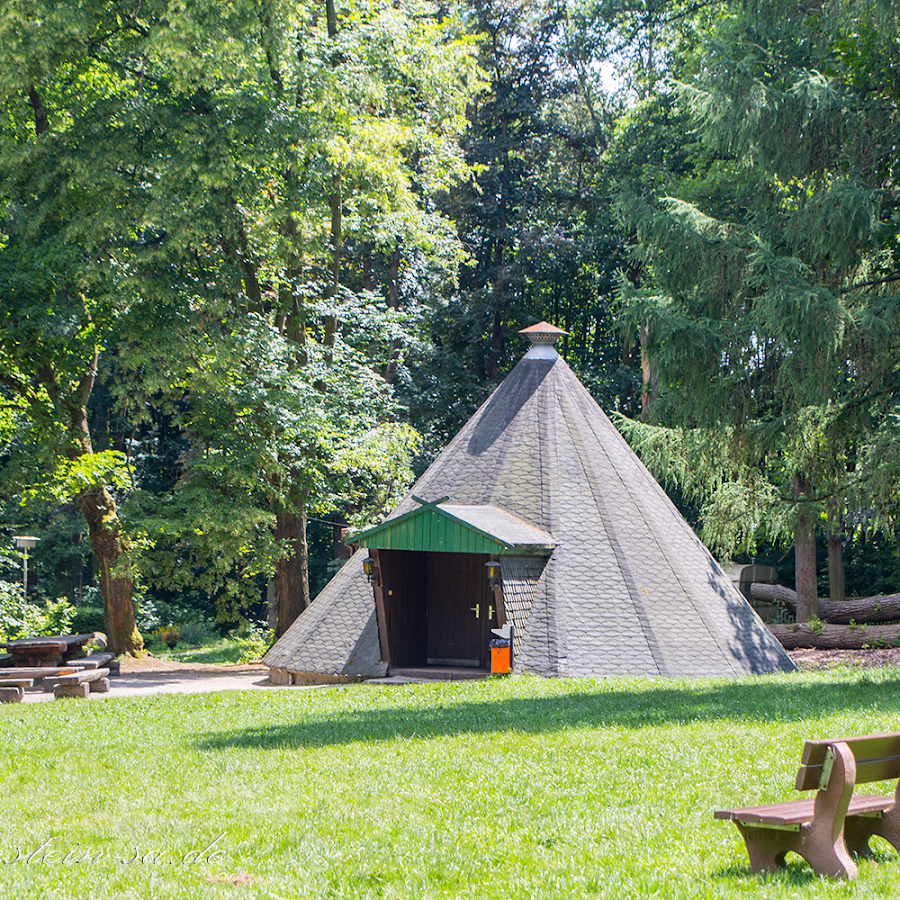
Alpakas im Chemnitztal
A unique outdoor experience where visitors can interact with alpacas in a scenic setting.
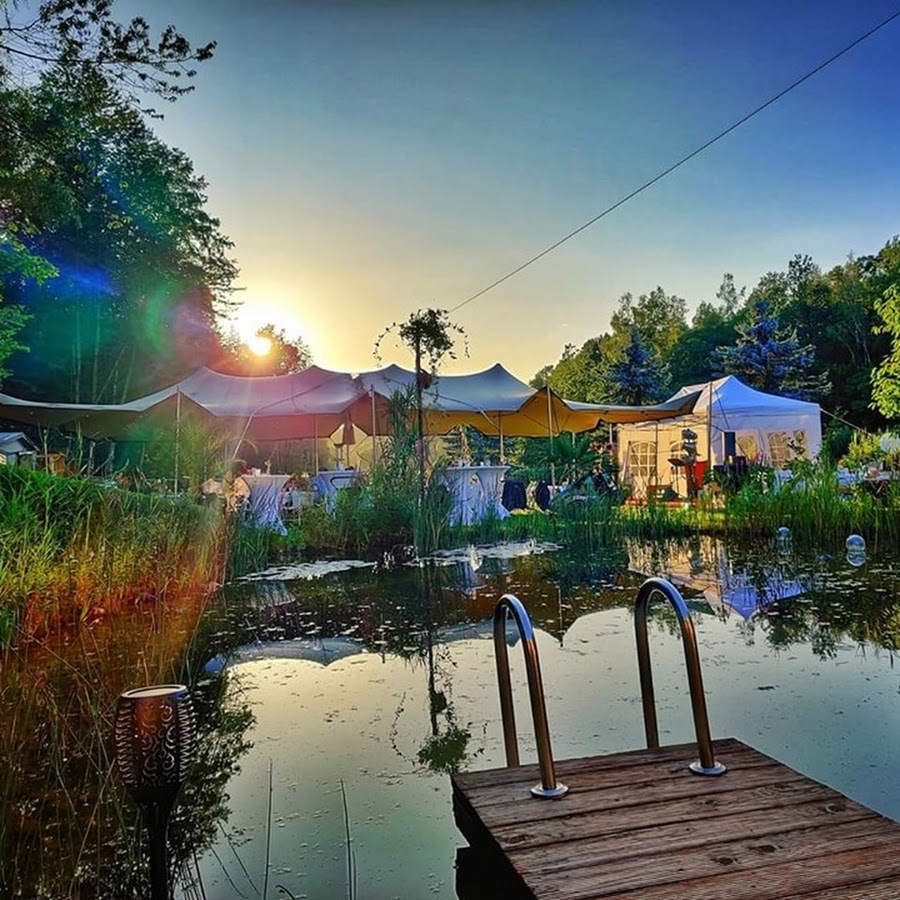
GOLF.intersaxonia
A golf course offering a great outdoor activity for golf enthusiasts in the Chemnitz area.
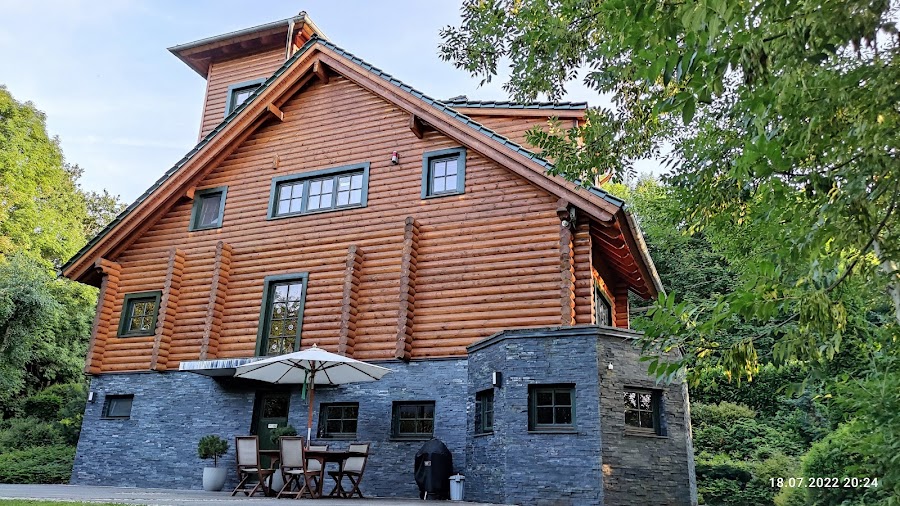
Pension "Herberge zur Heimat"
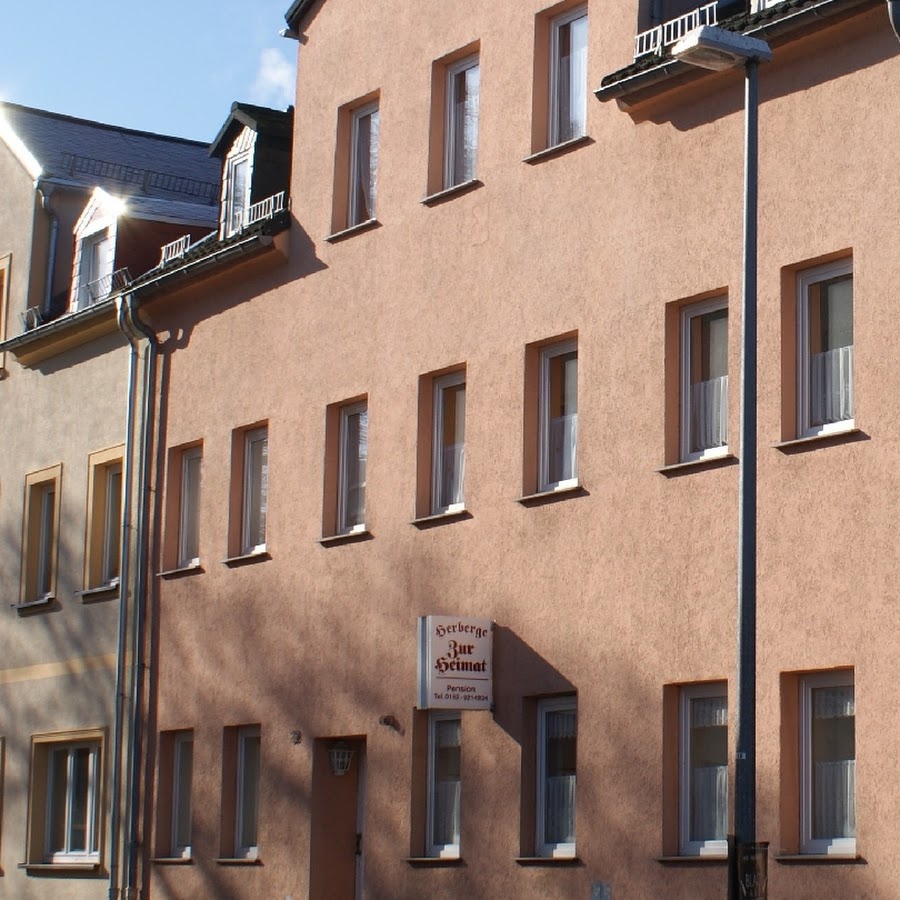
Pension Eberhard Hinkelmann
LANDSPROSSE
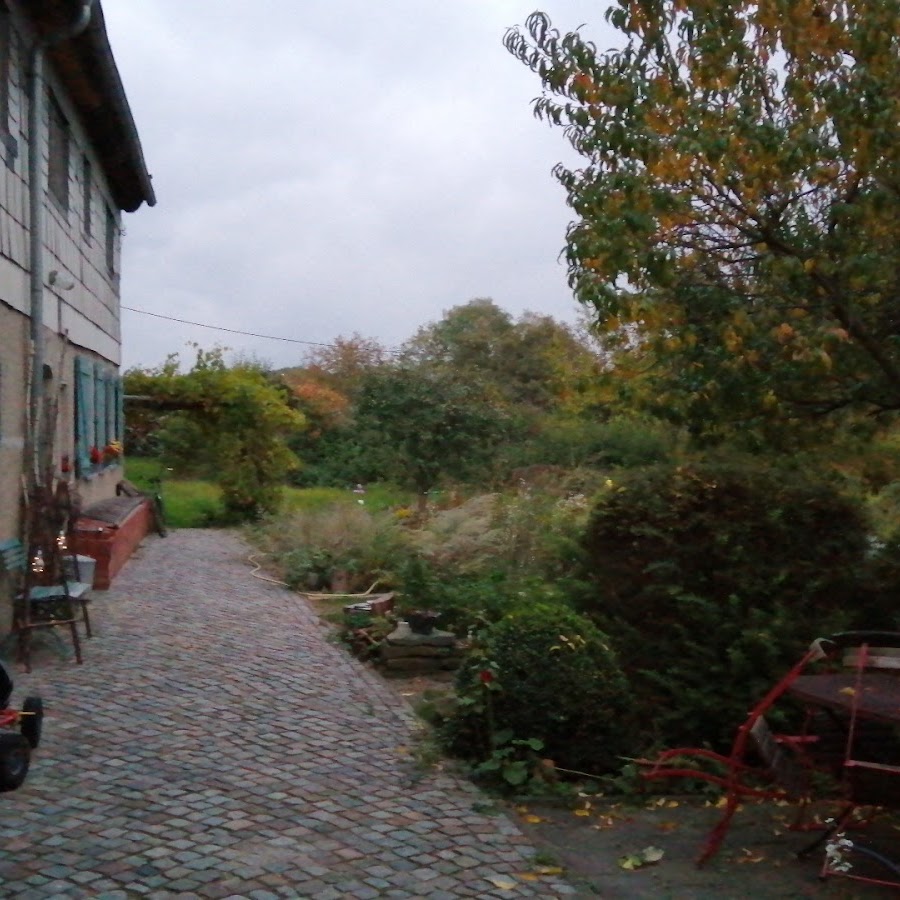
Kluges Gaststätte und Pension
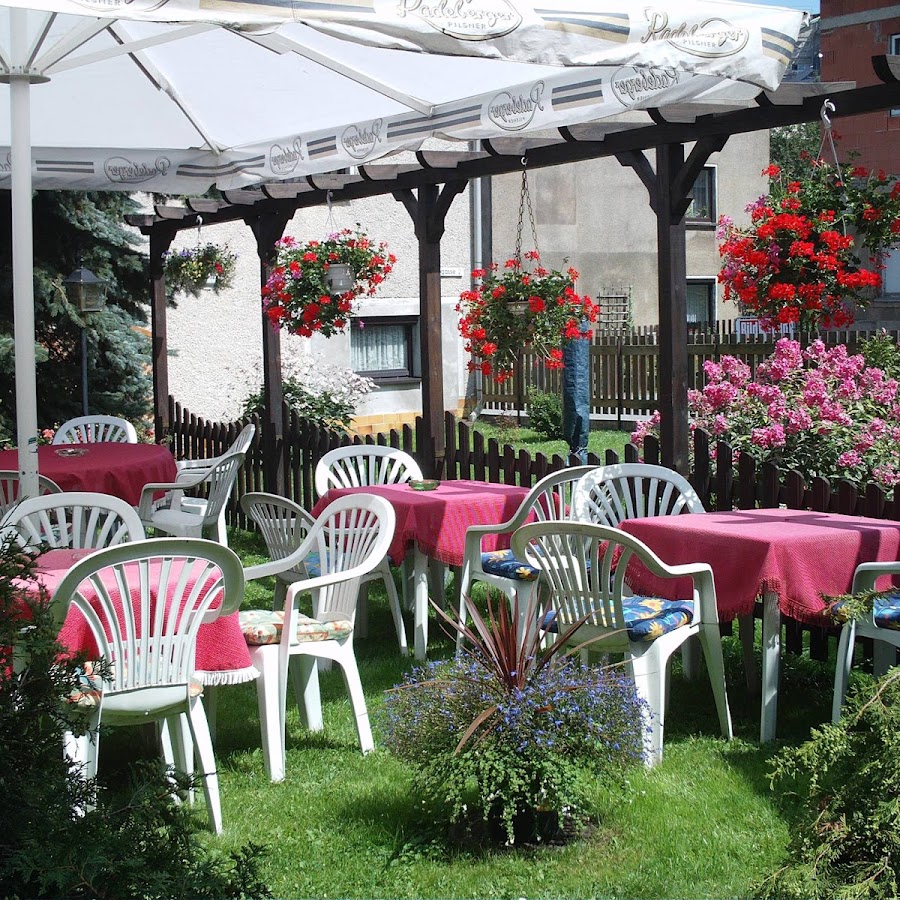
Pension Schmiedefeuer

Hotel Rabensteiner Hof
Im Kuckucksnest
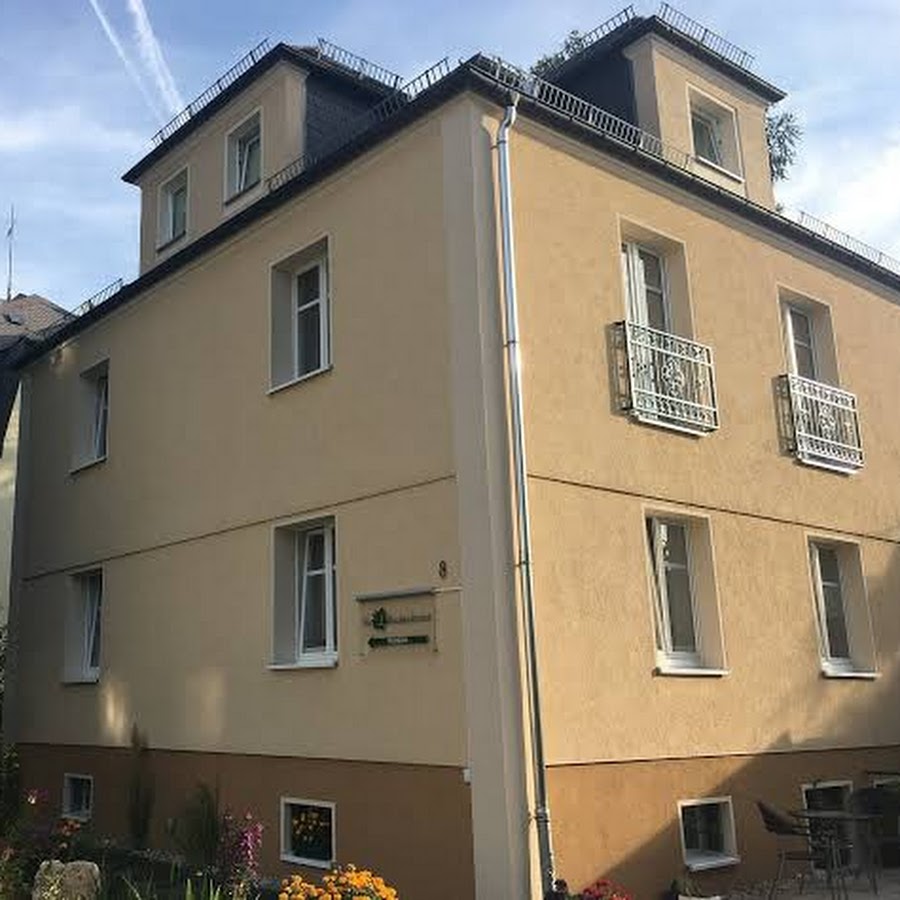
Landhotel "Goldener Becher" Limbach-oberfrohna
Cafe & Pension Helene
Pension Schubert
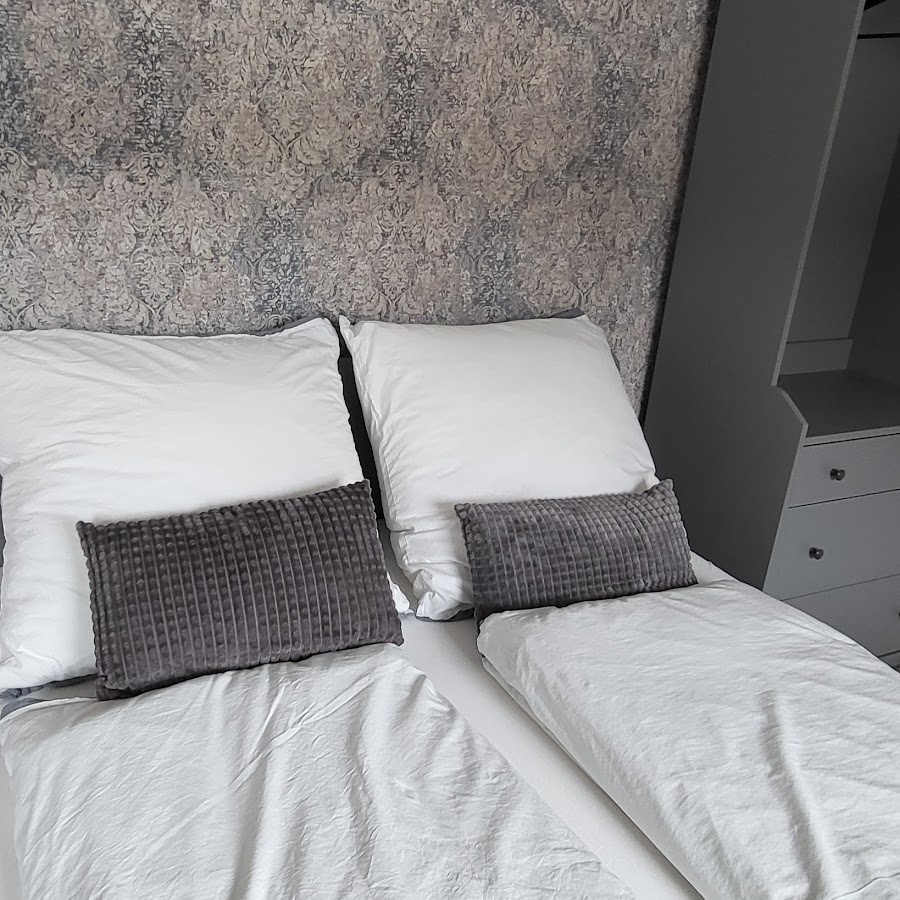
Fewo Vogel Flöha
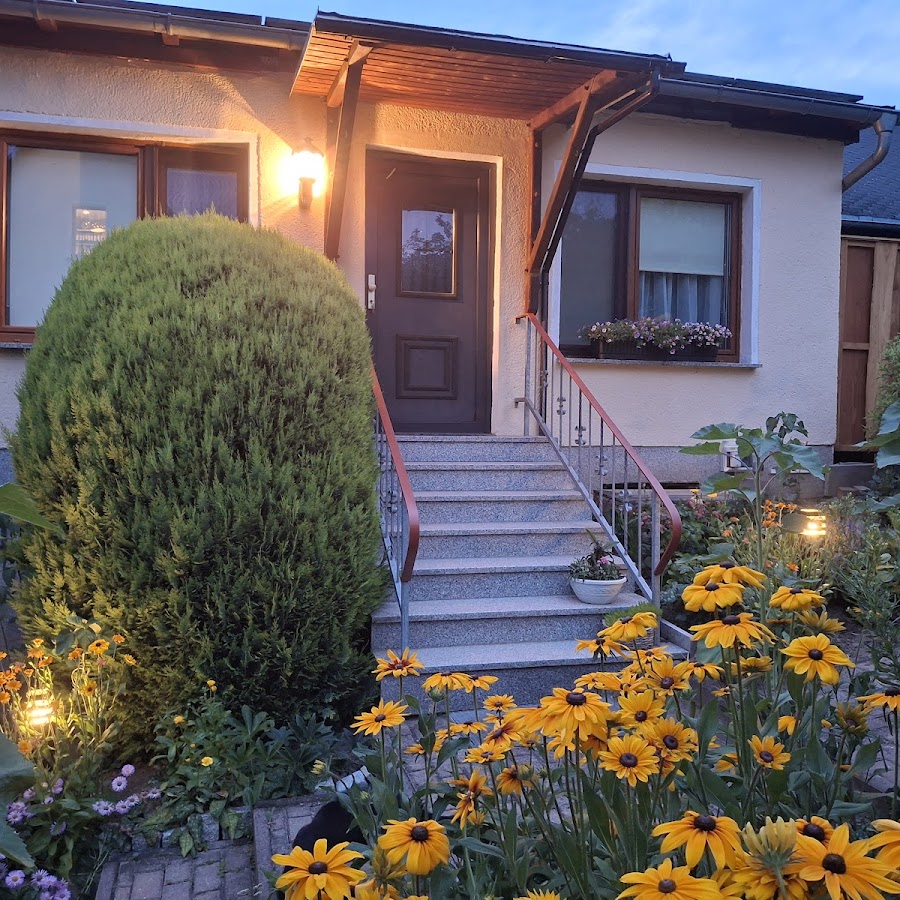
Arthur Albert Apartment -7 Wohnungen für Geschäftsreisende - wie zu Hause
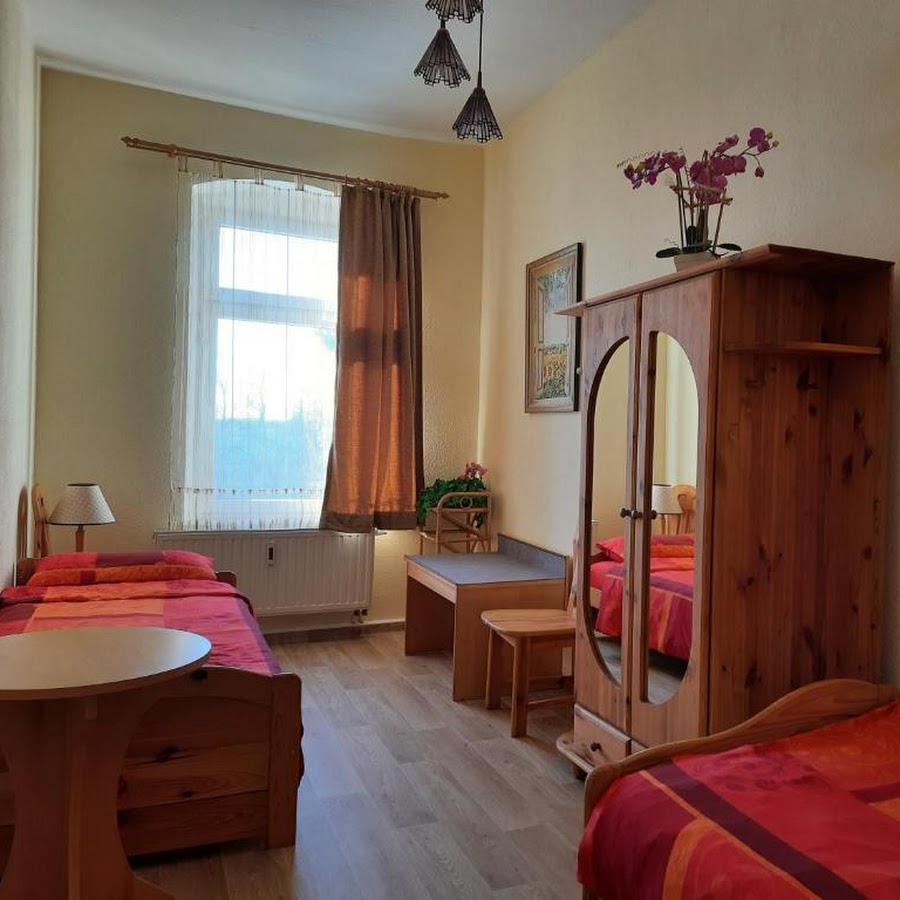
Apartments Pension Burgstädt
Pension Am Wiesengrund Inh. Sabine Wünschmann
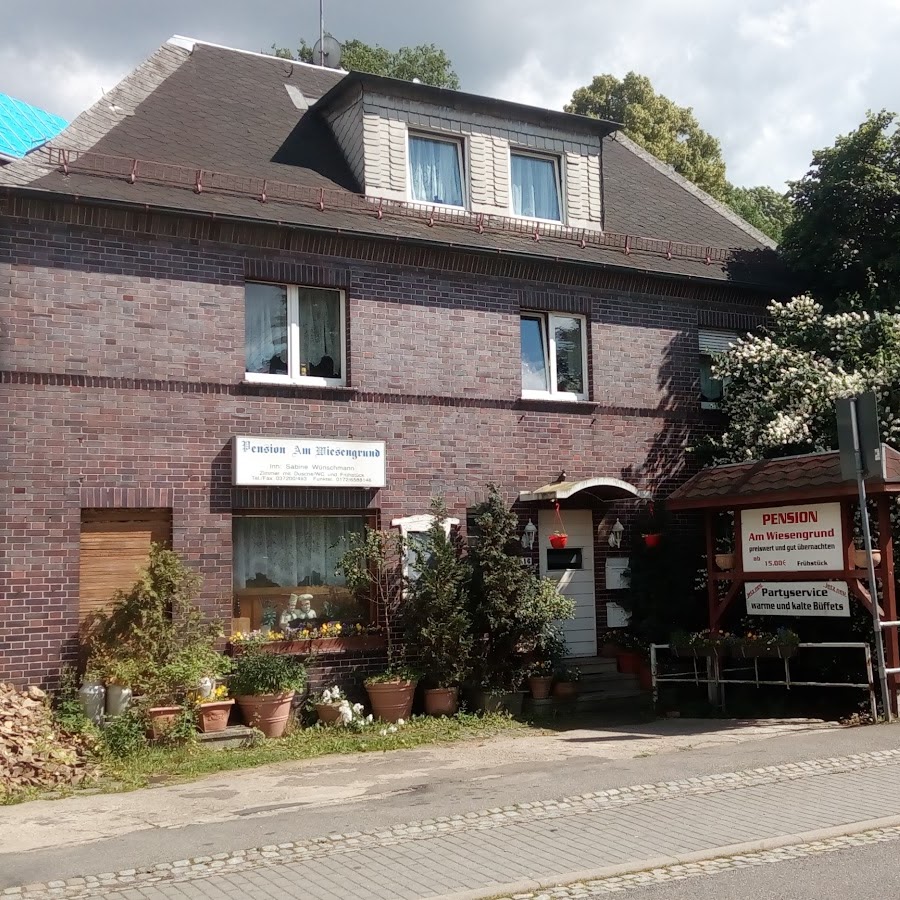
Zimmervermietung-Heide-Fiege
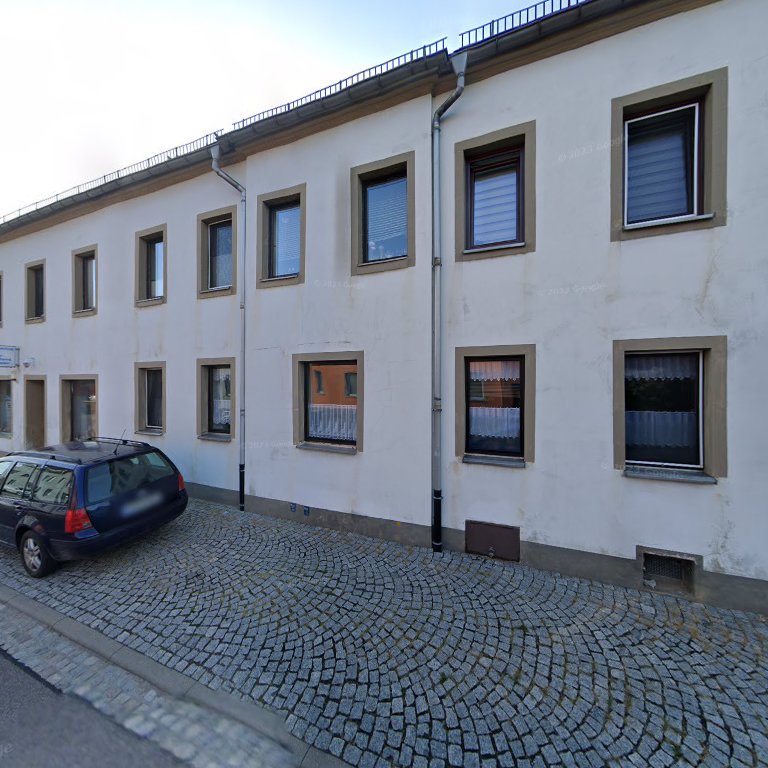
Pension Am Taurastein
Pension Andrea
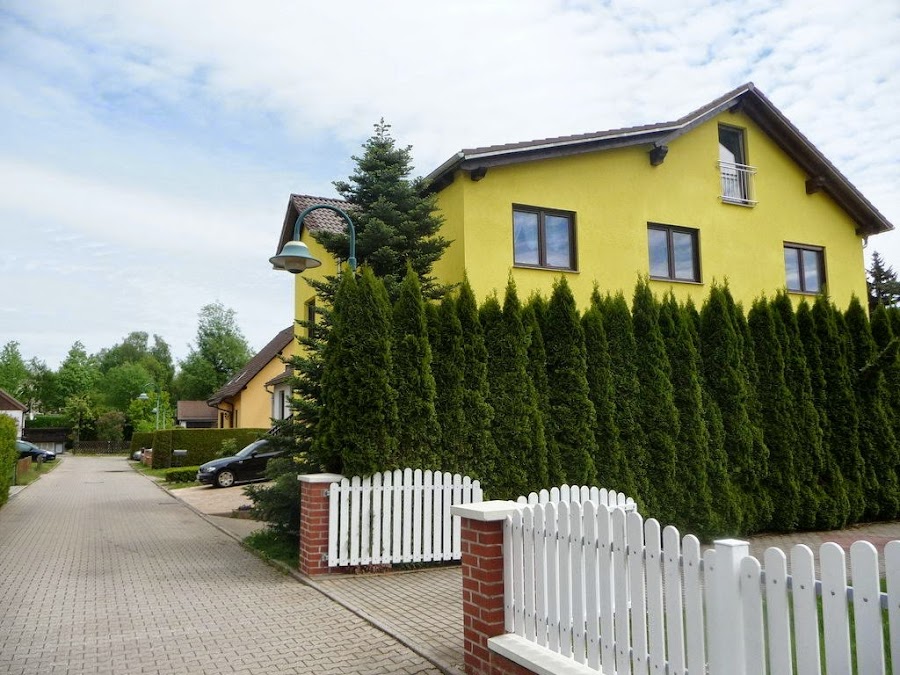
STADTOASE Frankenberg - Gästewohnungen - Pension - Komfort Modernität und Ruhe - Free WIFI
Landgasthof / Pension Dittersdorfer Höhe
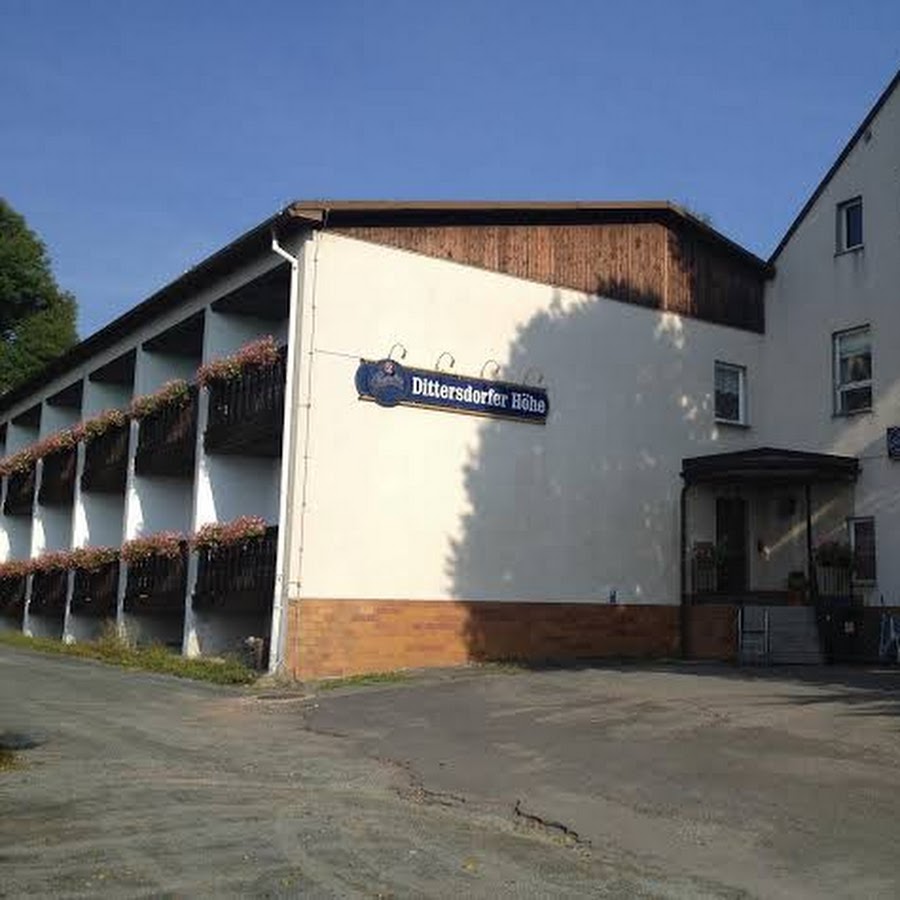
Hotel garni Fichtigsthal - Niederfrohna
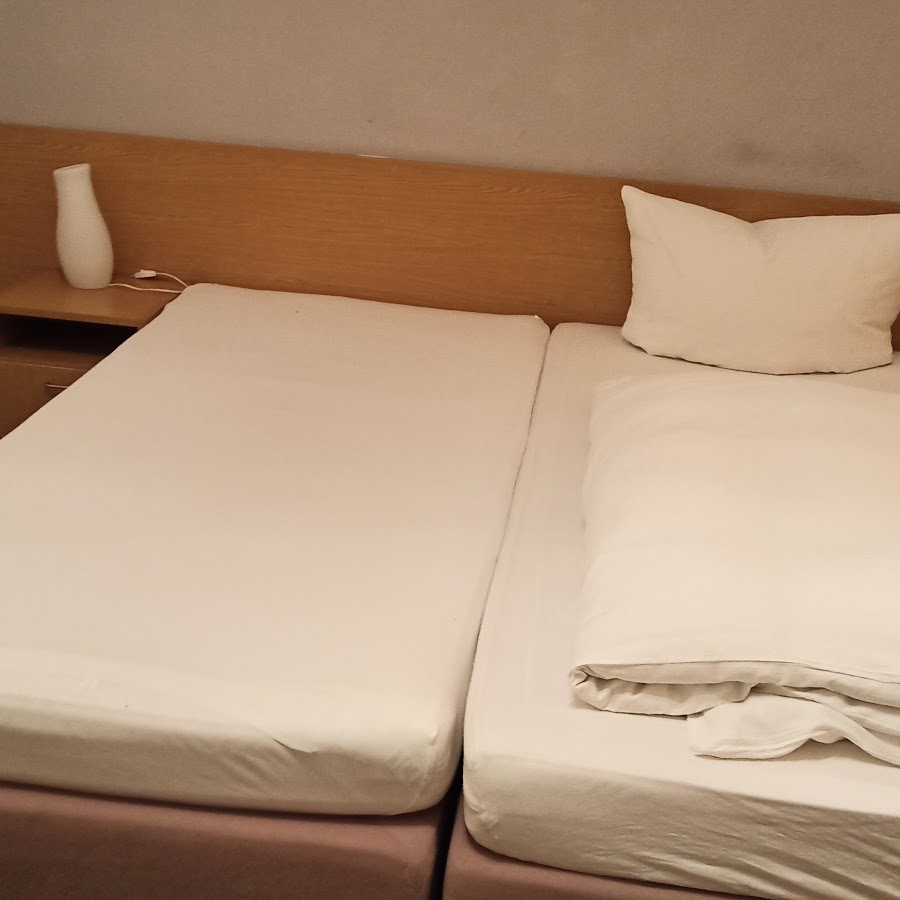
Anni's Waldblick
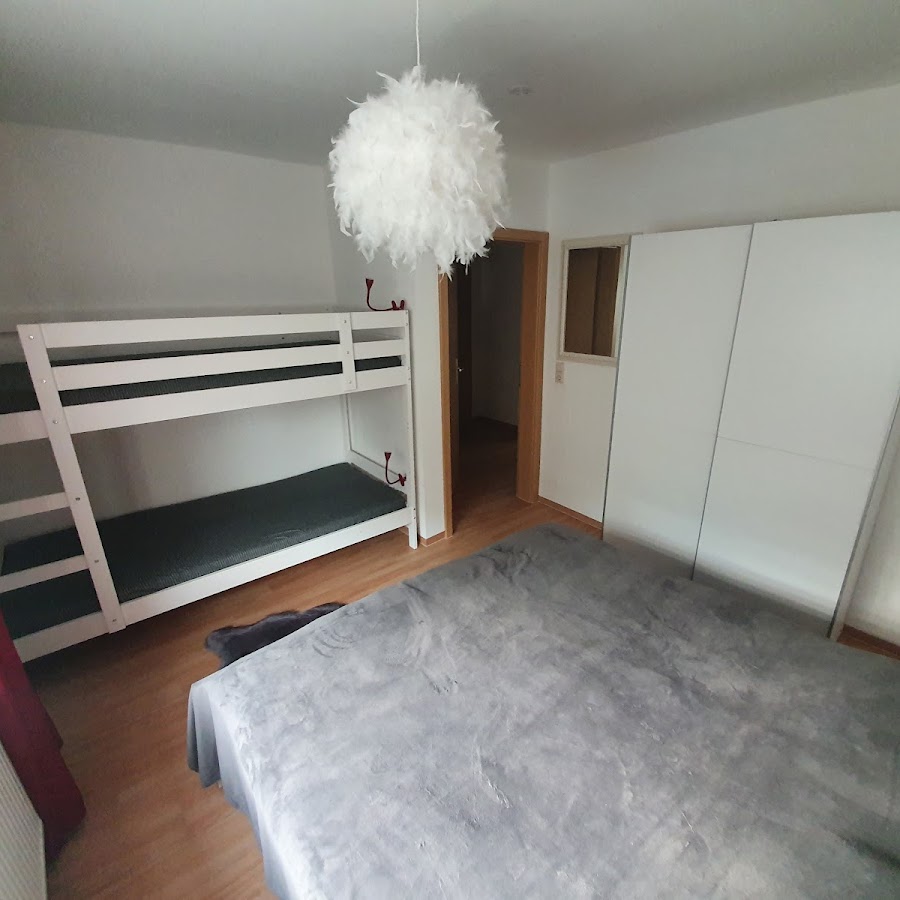
School camp in Küchwald
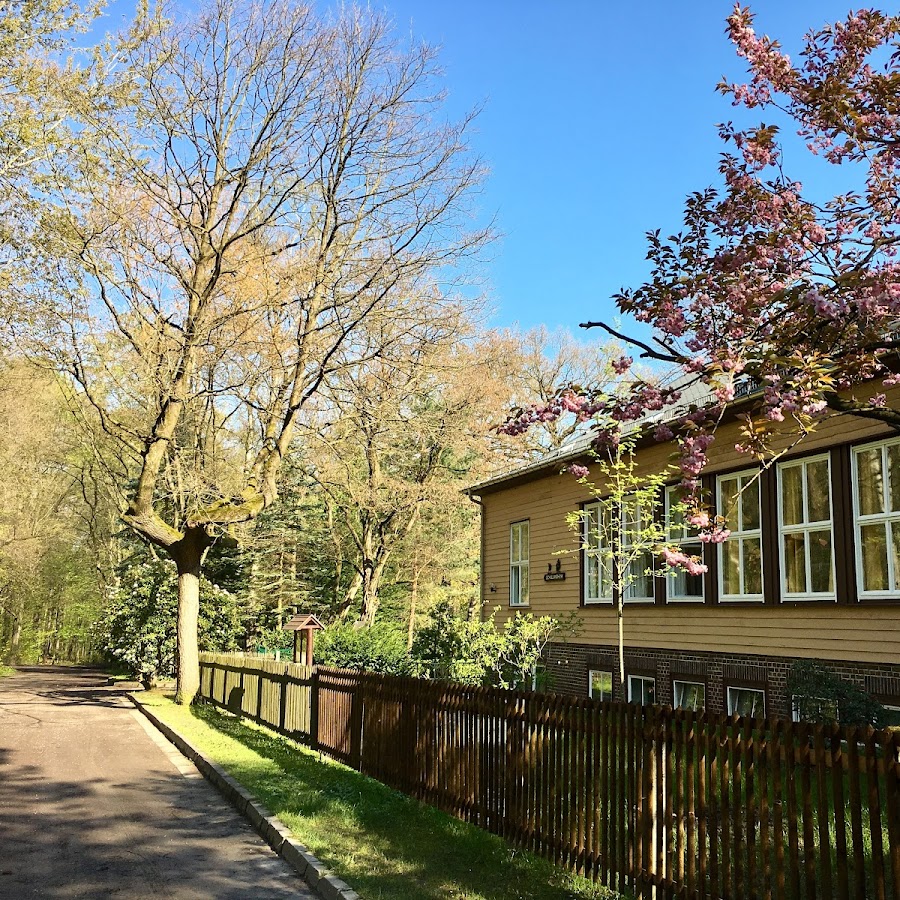
Zum Frongut
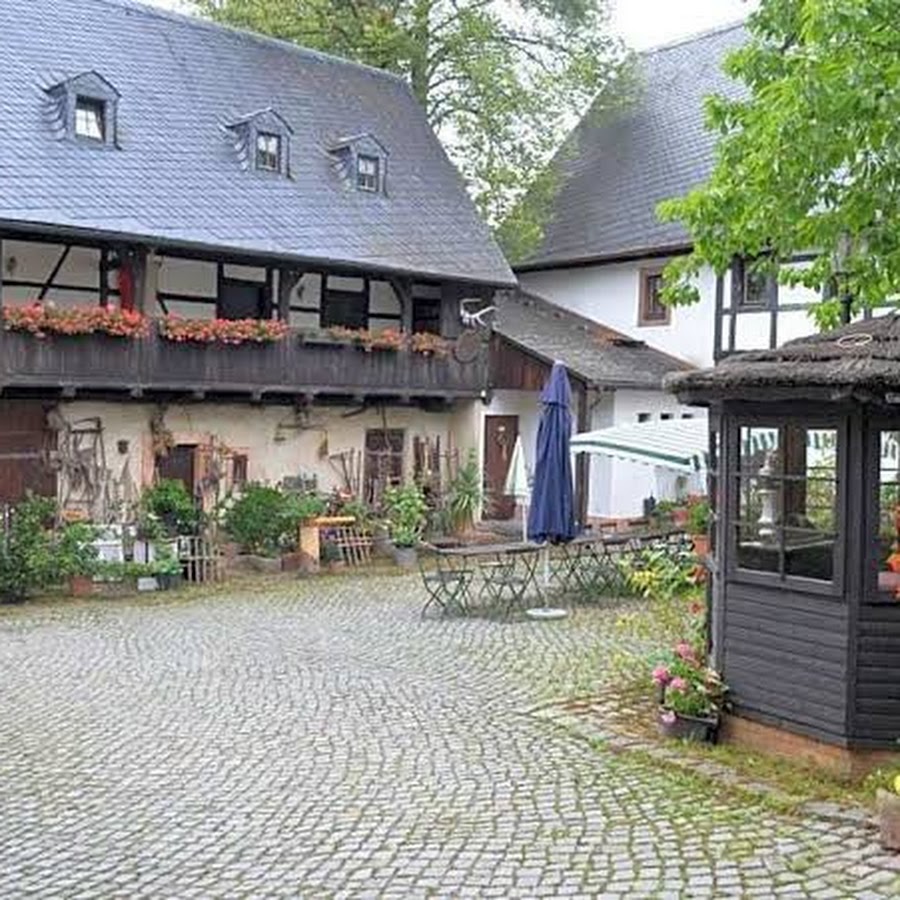
Villa Wilisch
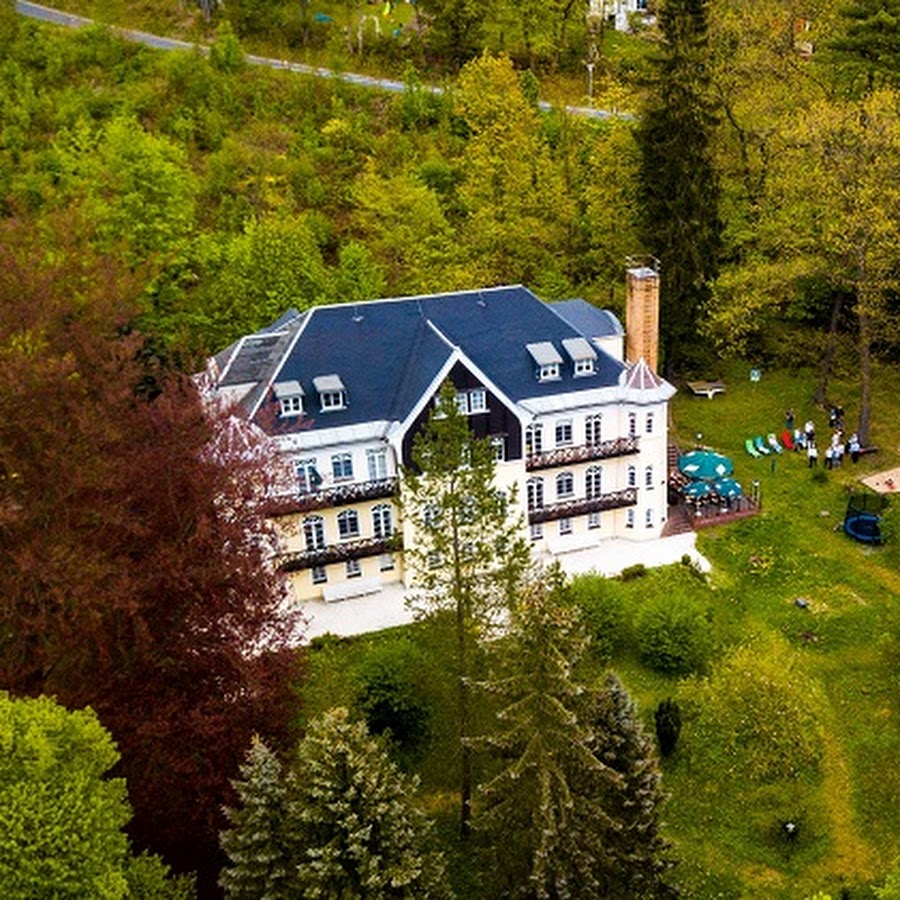
Pension Erzgebirgsstübl Inh. M. Weigel
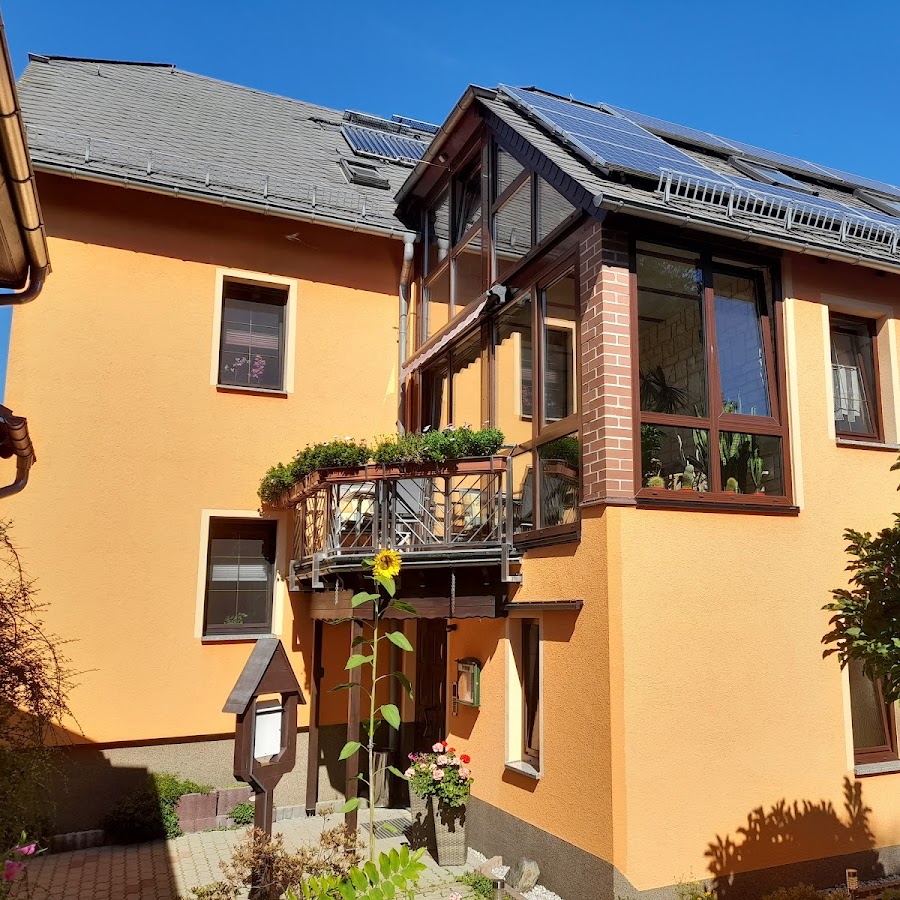
Gaststätte und Pension Teichhaus Burkhardtsdorf
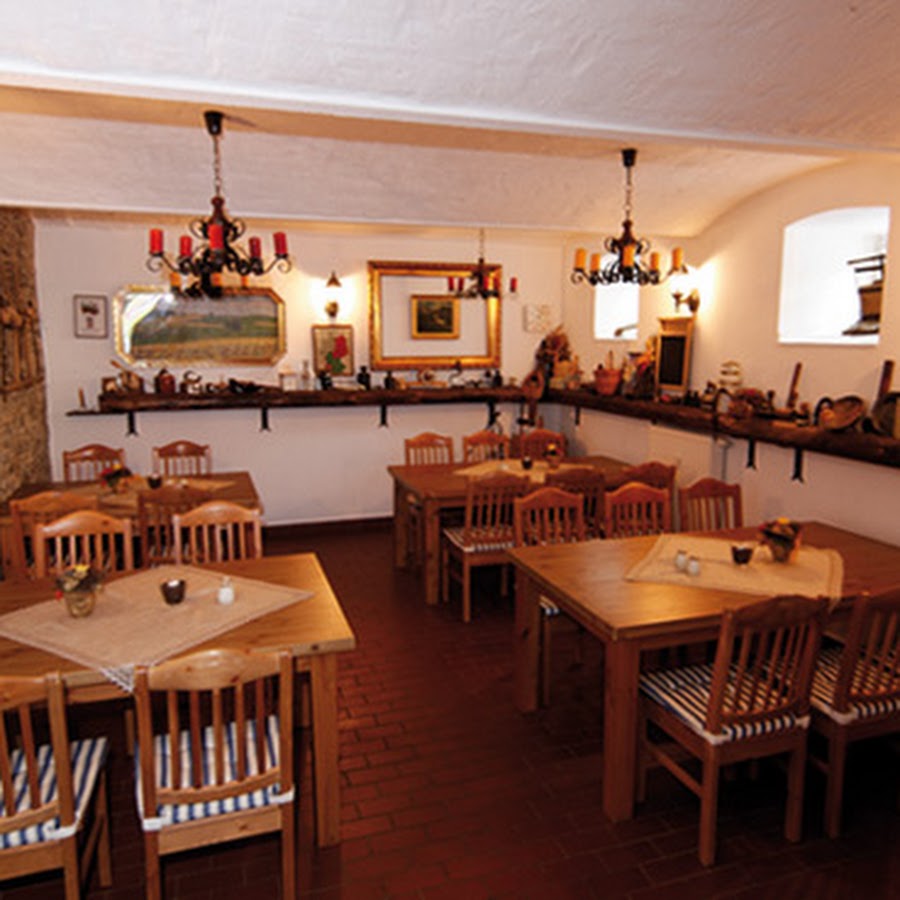
Landhotel Lindenhof
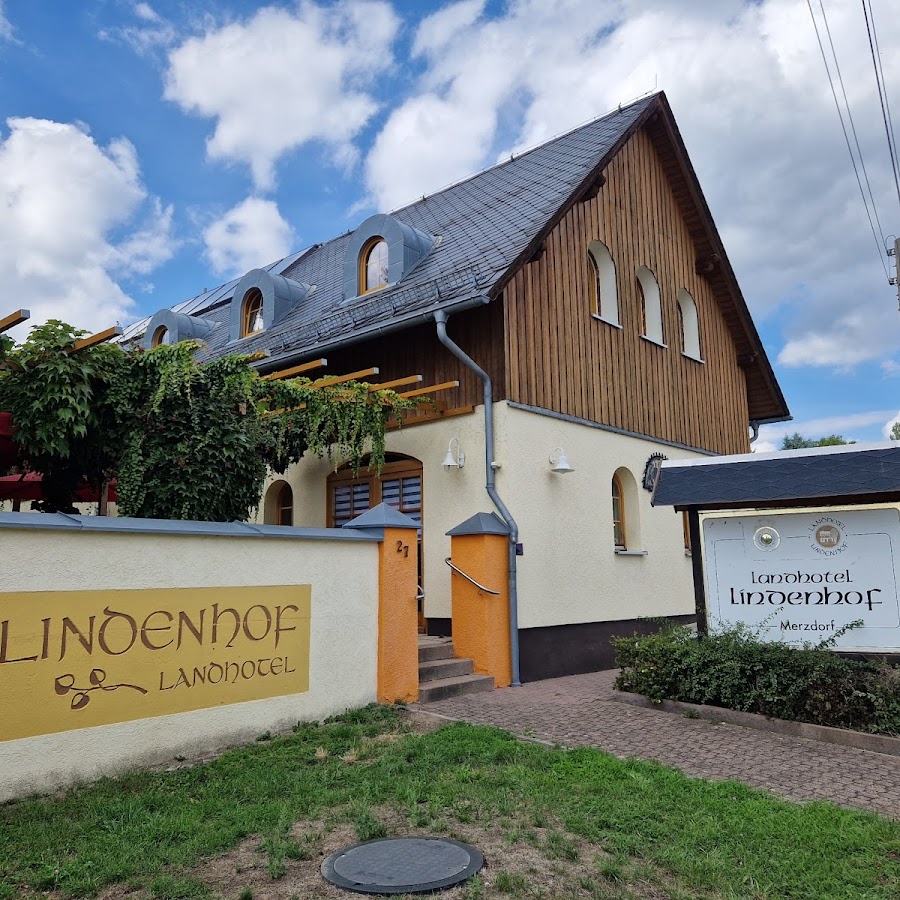
Topfmarktscheune

Pension Kirchübel Chemnitz
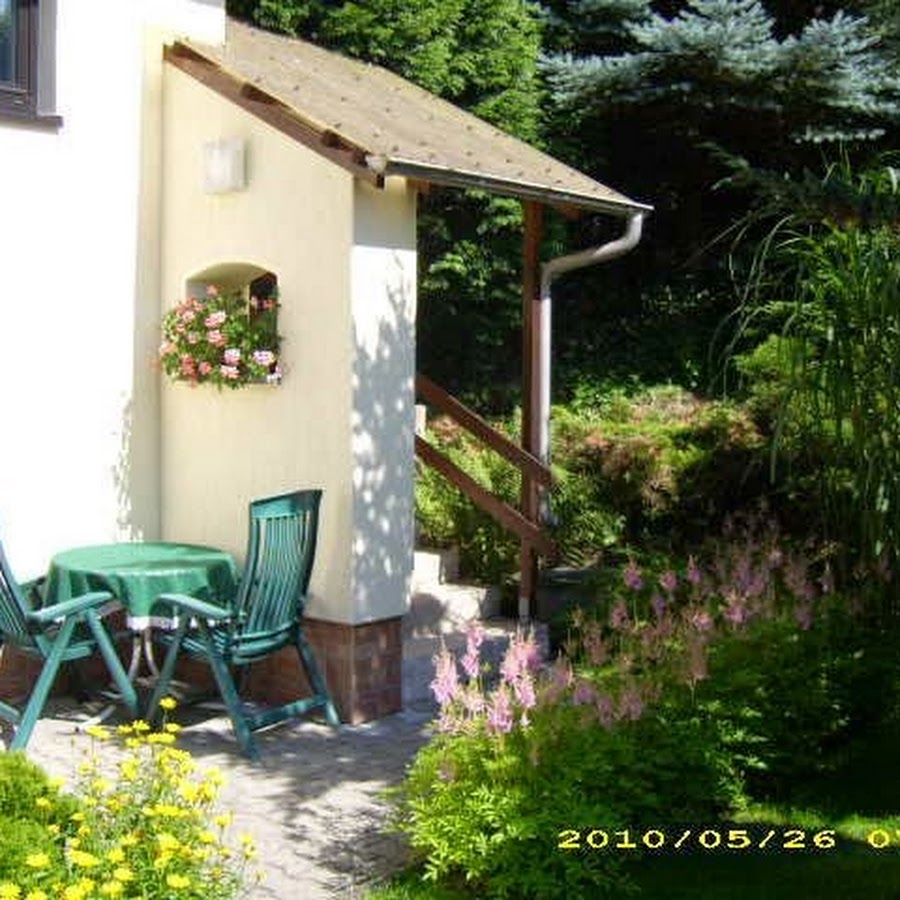
Gästezimmer in RESIDENZ AM BERG
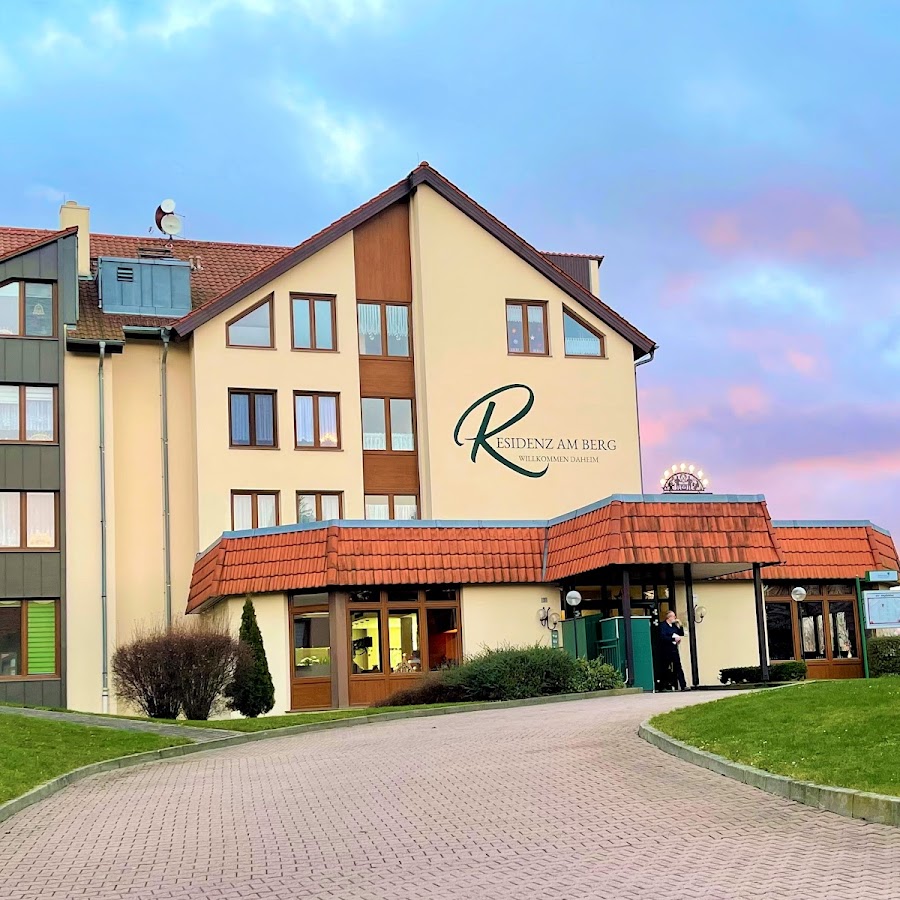
Schloßgasthaus Lichtenwalde
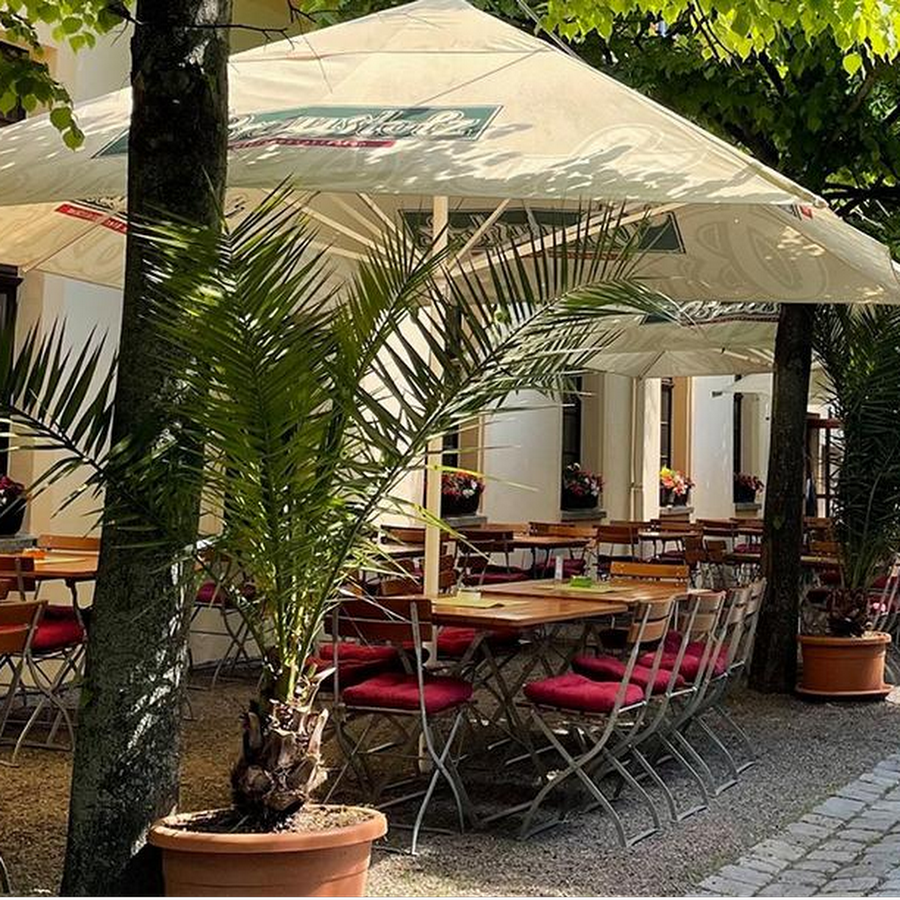
Pension Seitz
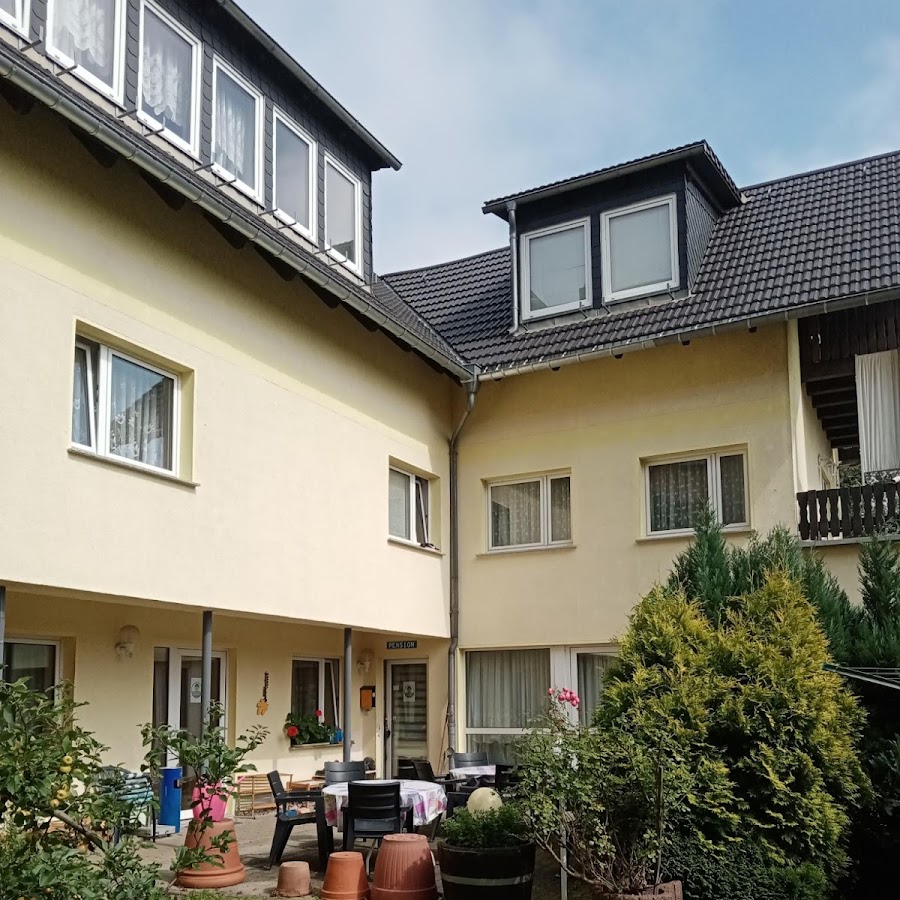
Pension Sonnenschein
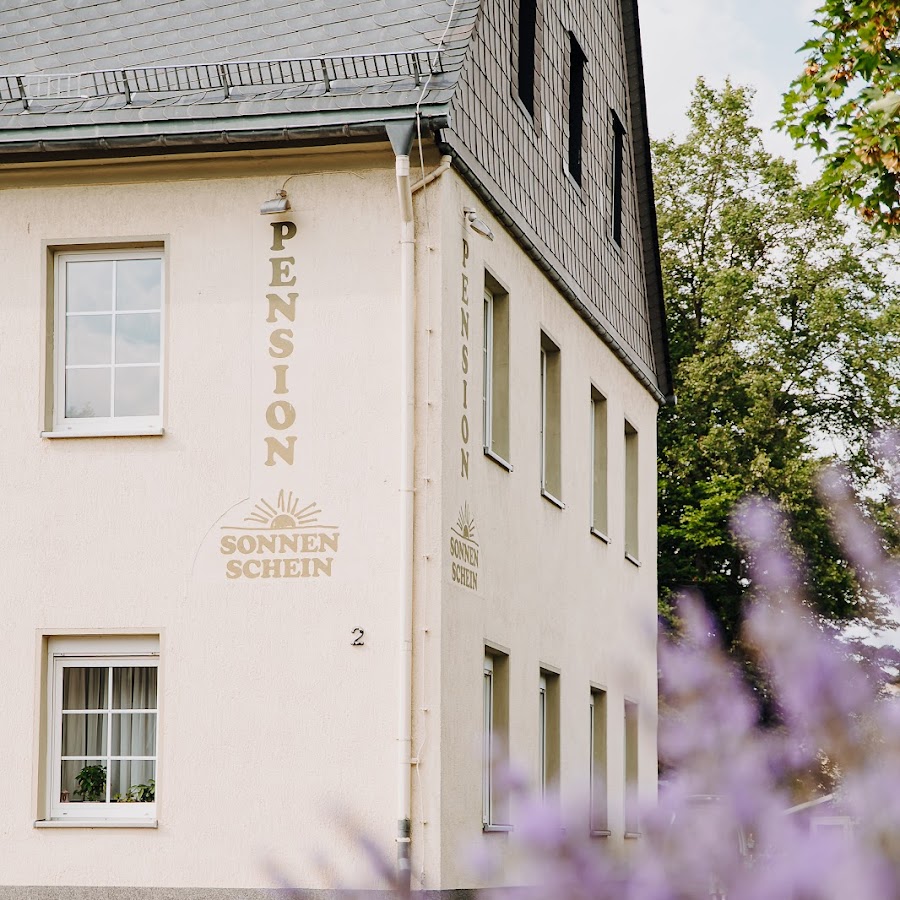
Pension Zum scharfen Eck - Ralf Schultz
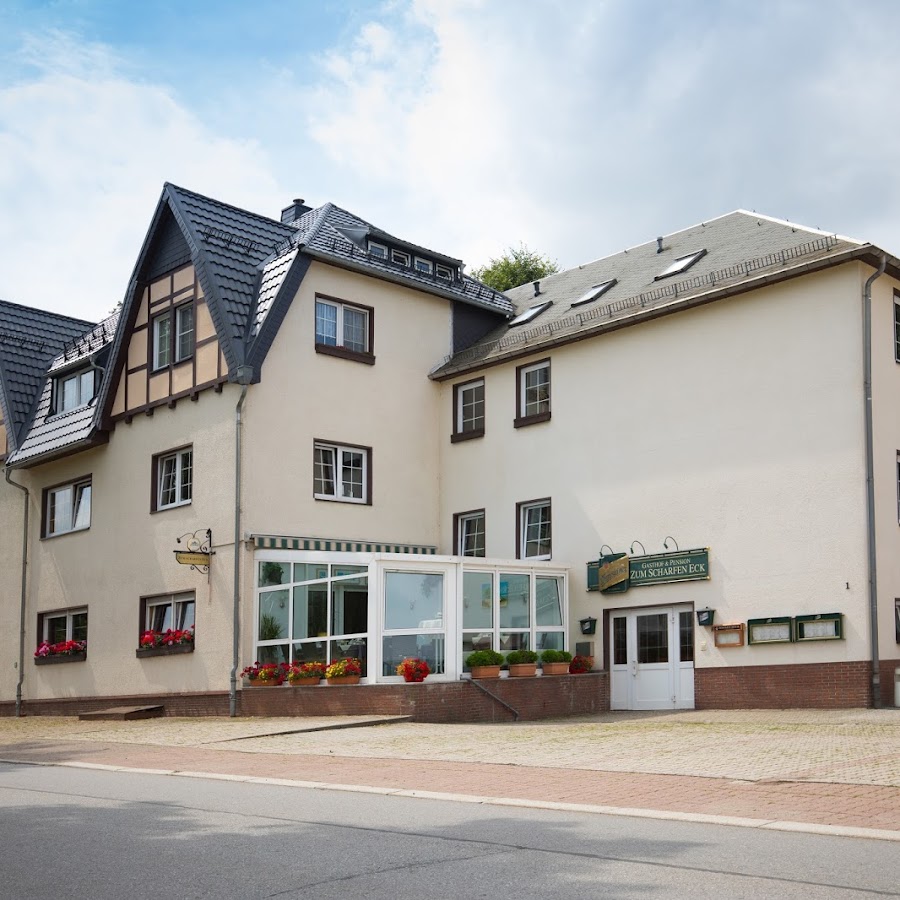
Landgasthof & Hotel Oberlichtenau

localhost - Gästezimmer Pension Hostel
Pension Krahmer
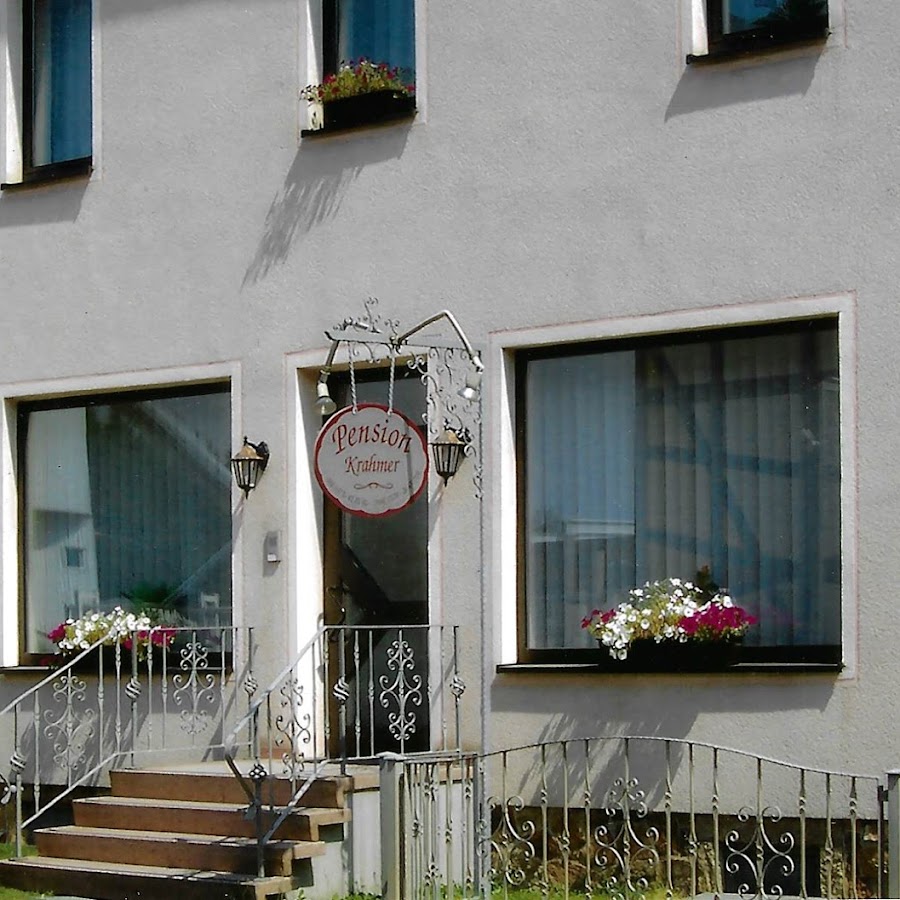
Gasthof Brettmühle
Tagungszentrum Röhrsdorf
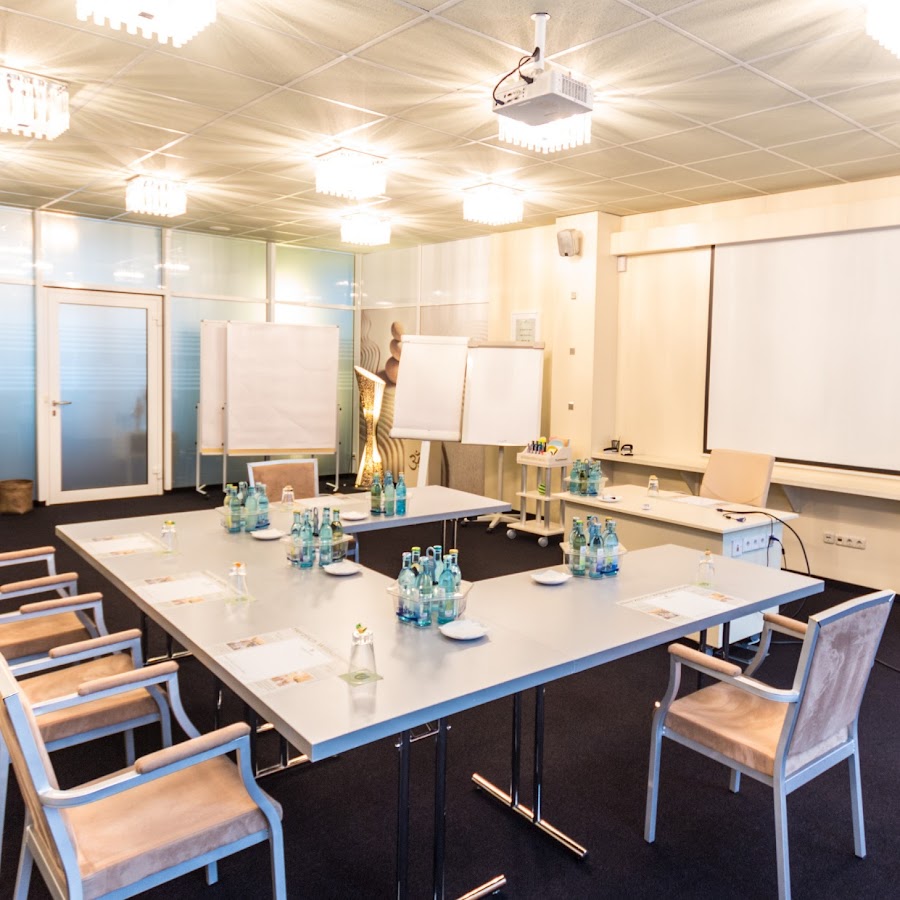
Pension Püschmann
Schneiderlein Hotel & Restaurant
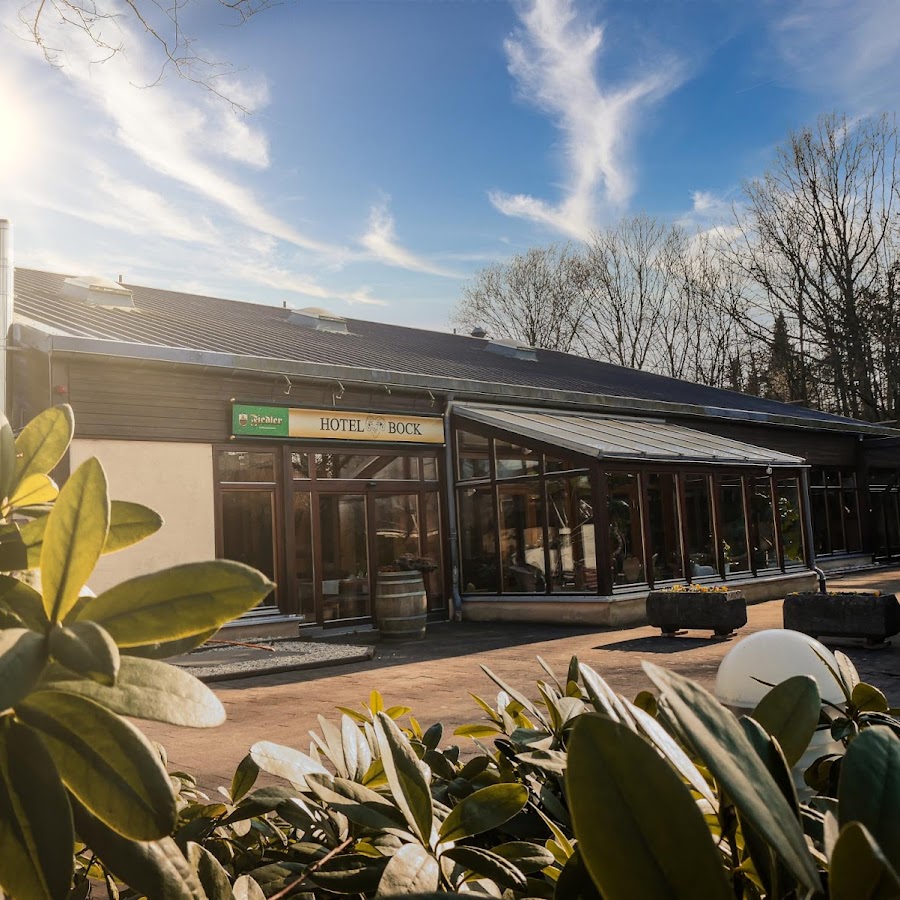
Land und Leben Pension
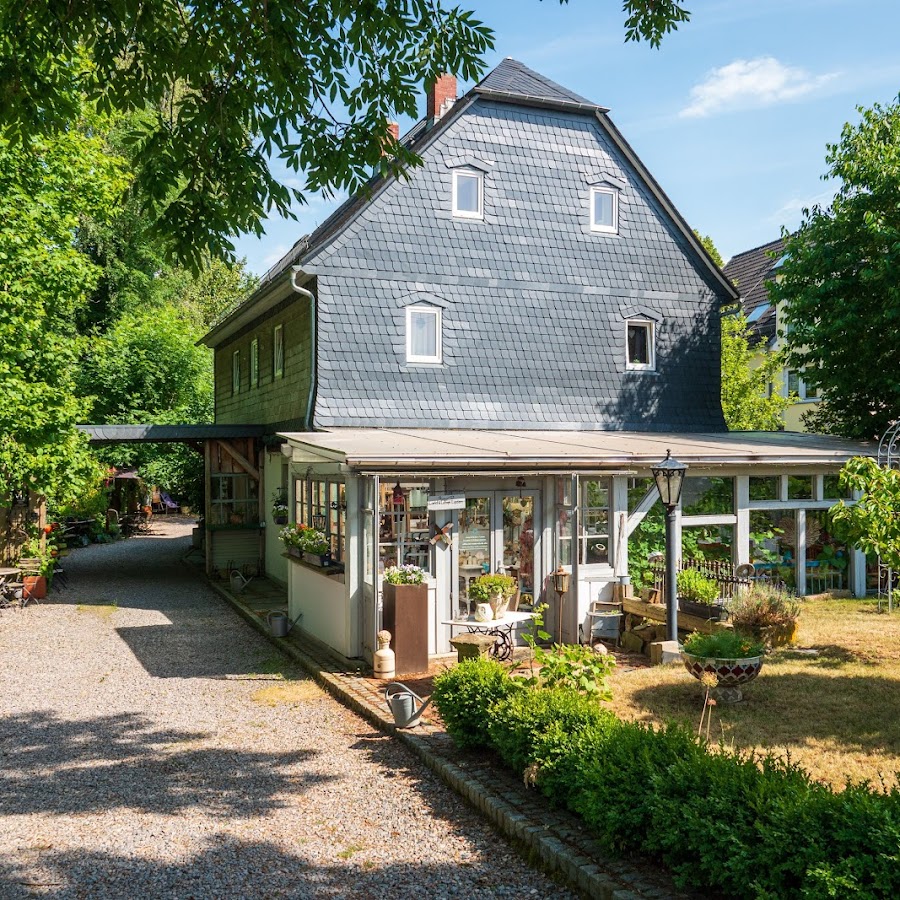
Pension Schmidtchen
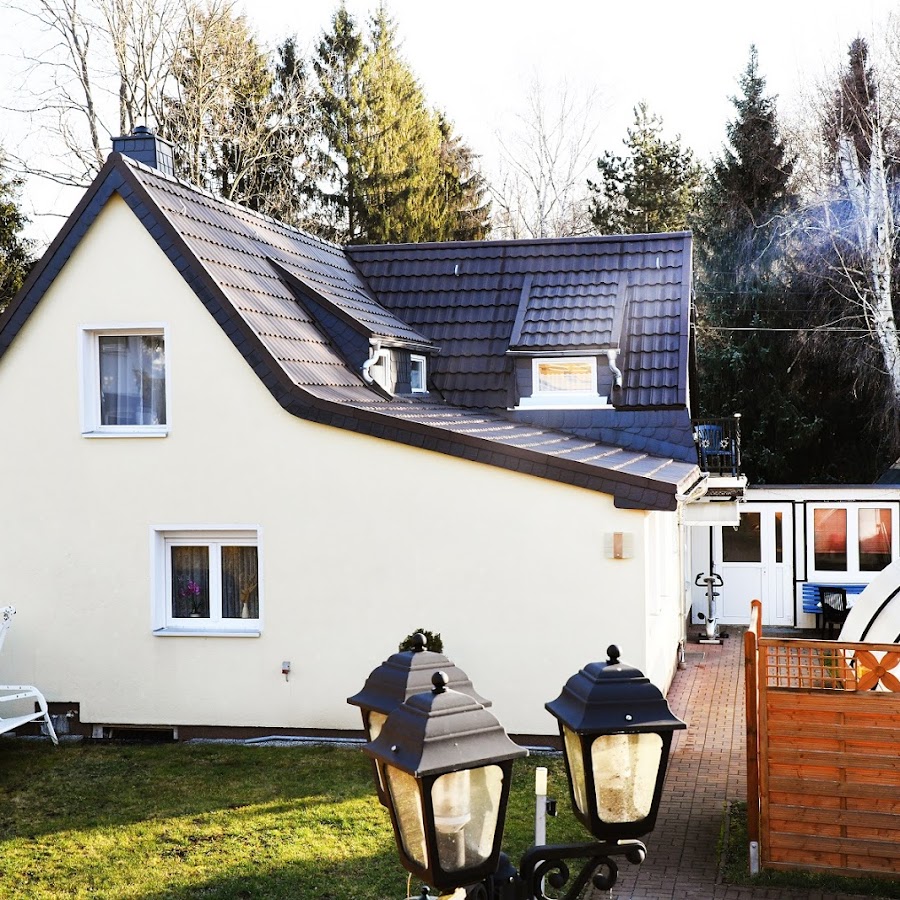
Elli
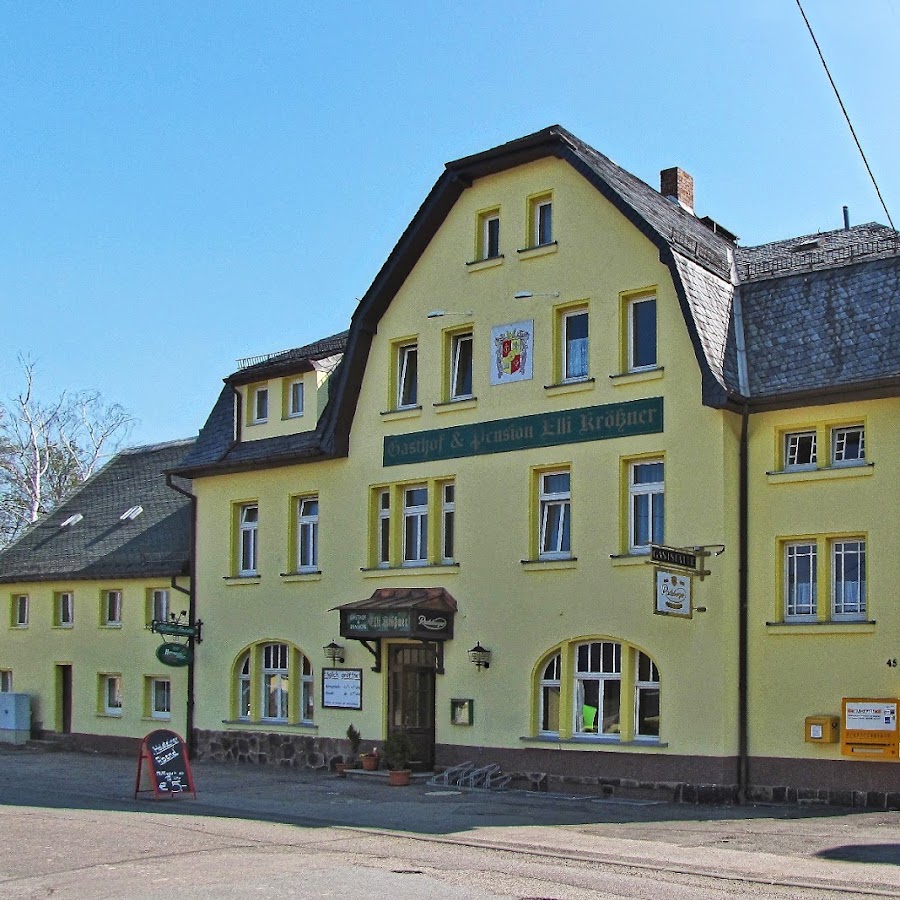
Hostel Pension Bami
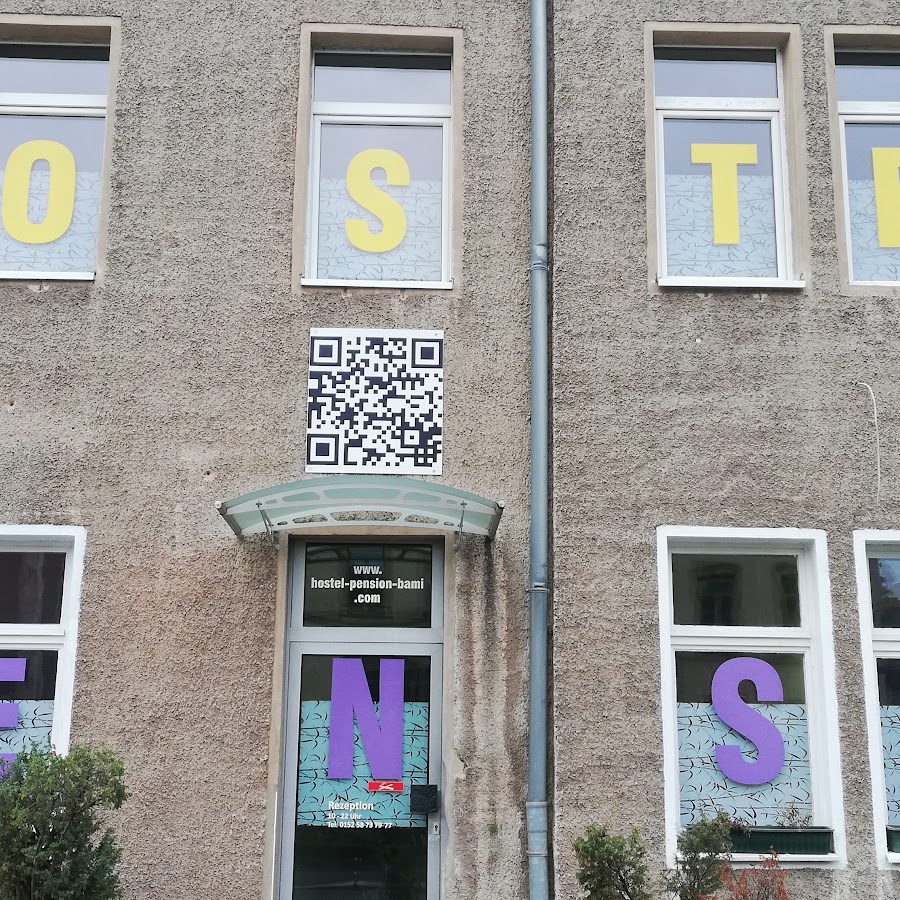
Pension Tiffany
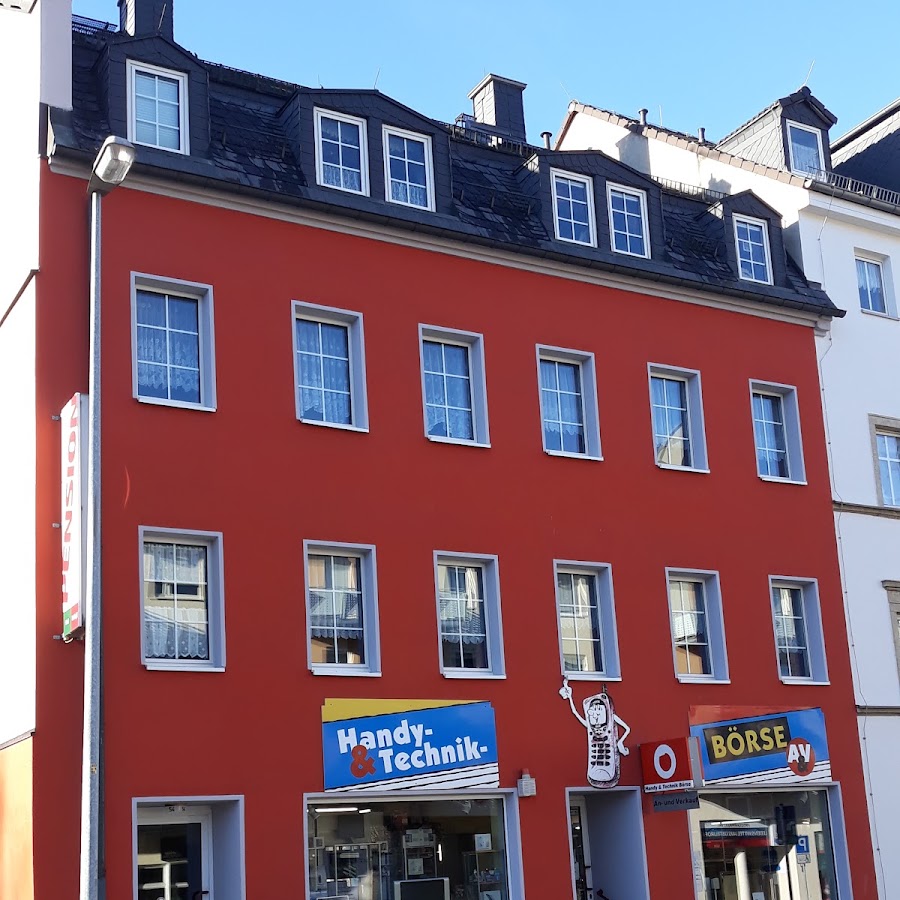
Cafe zur Talsperre
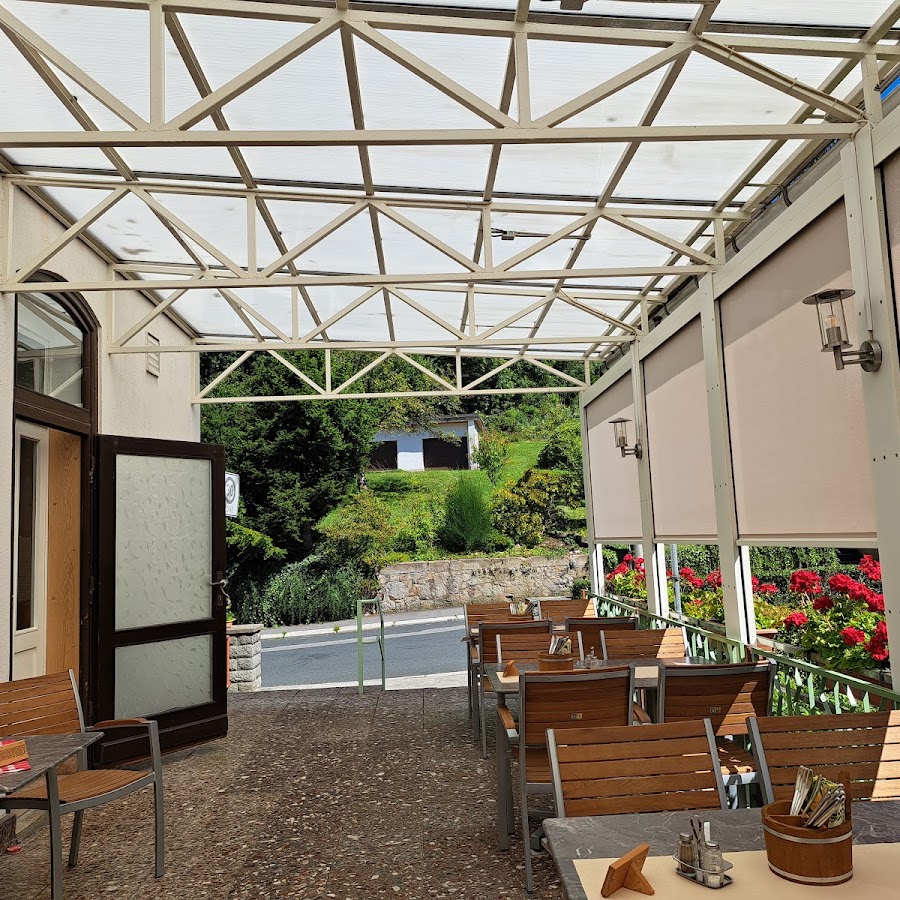
Hotel "Zur Talsperre"
Pension Luisengrün
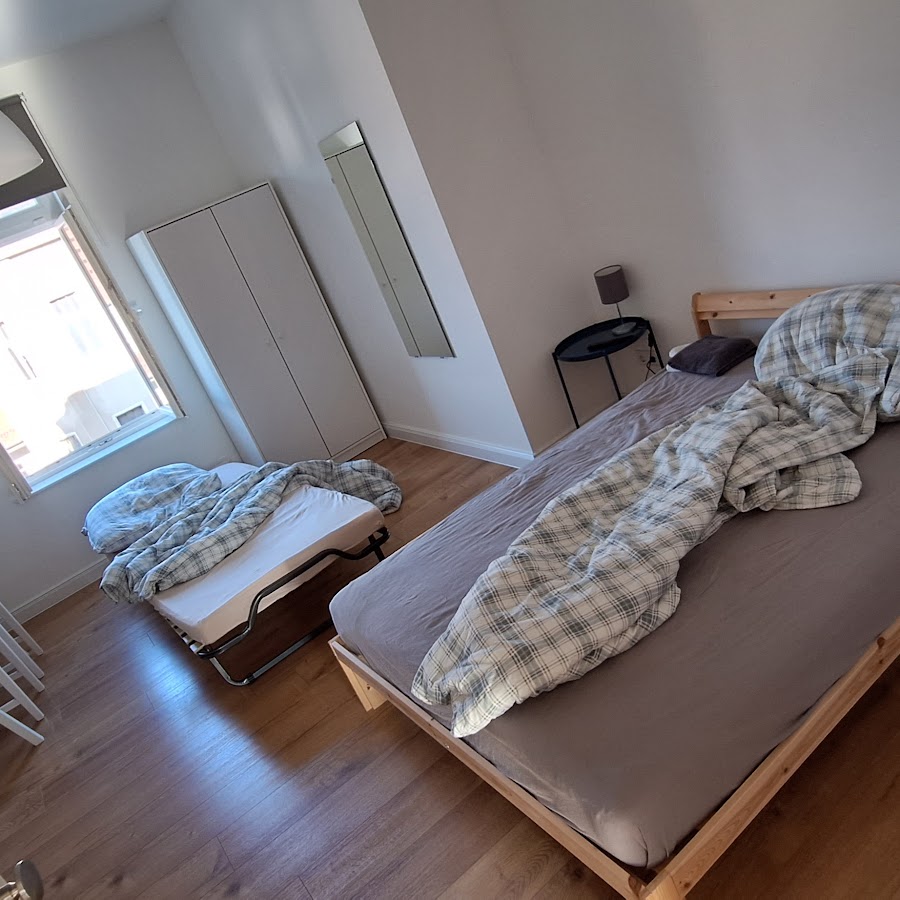
Tannmühle Hotel&Restaurant
Hotel & Felsenkeller Lay-Haus GmbH
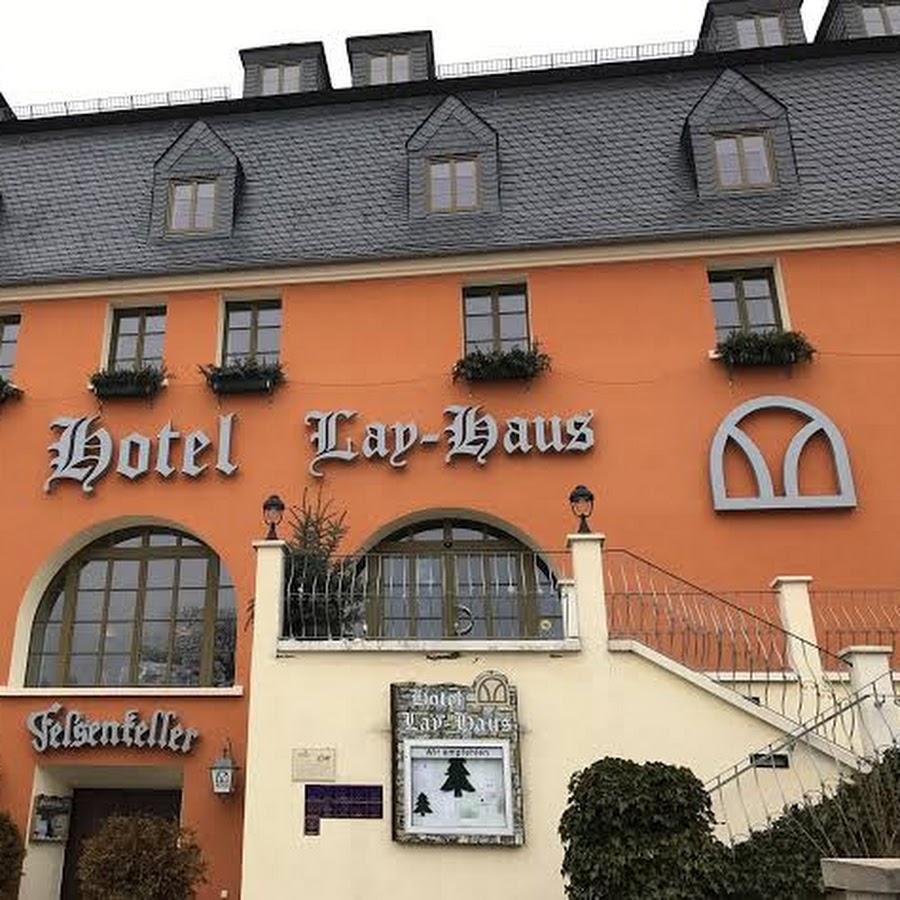
Avenue das Gästehaus
Pension Chevermeto
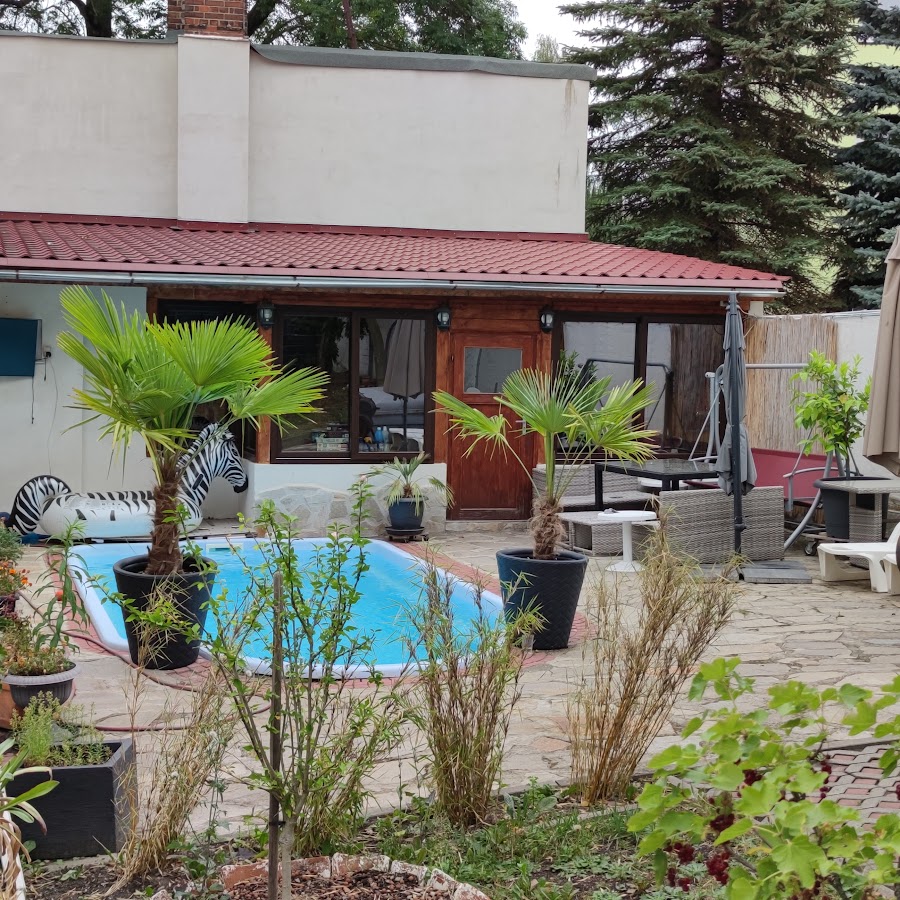
Business - Hotel Artes mit Seminar - und Tagungszentrum
Hotel Almenrausch
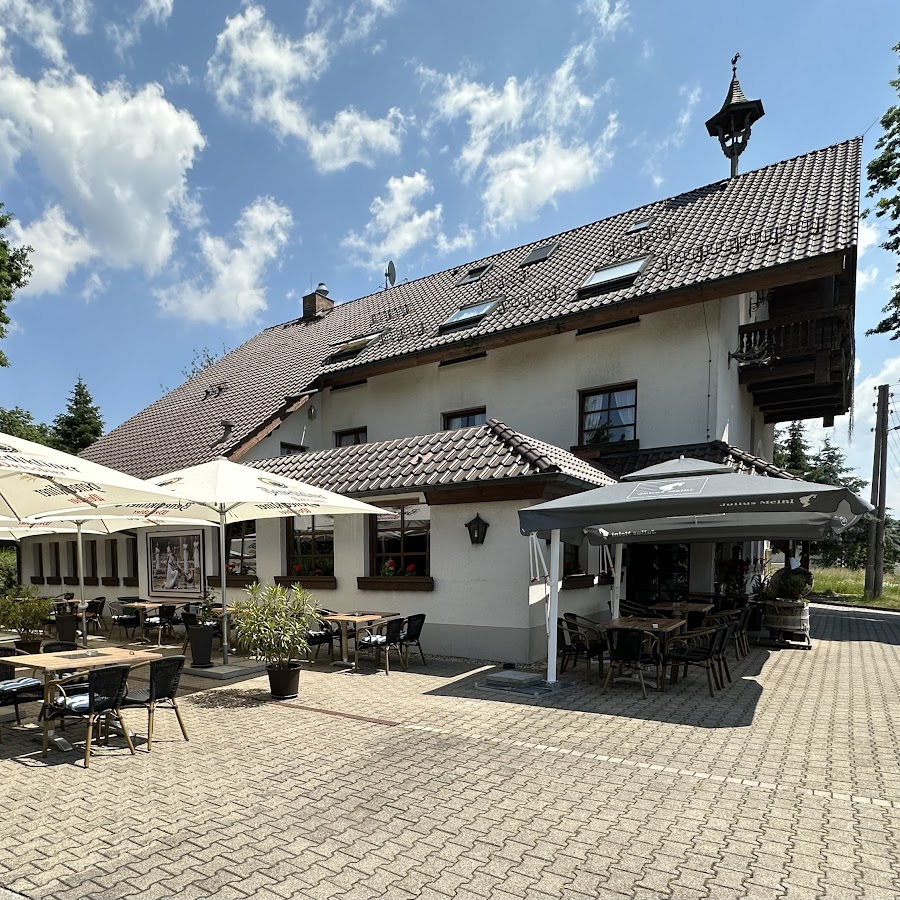
AF Hotel
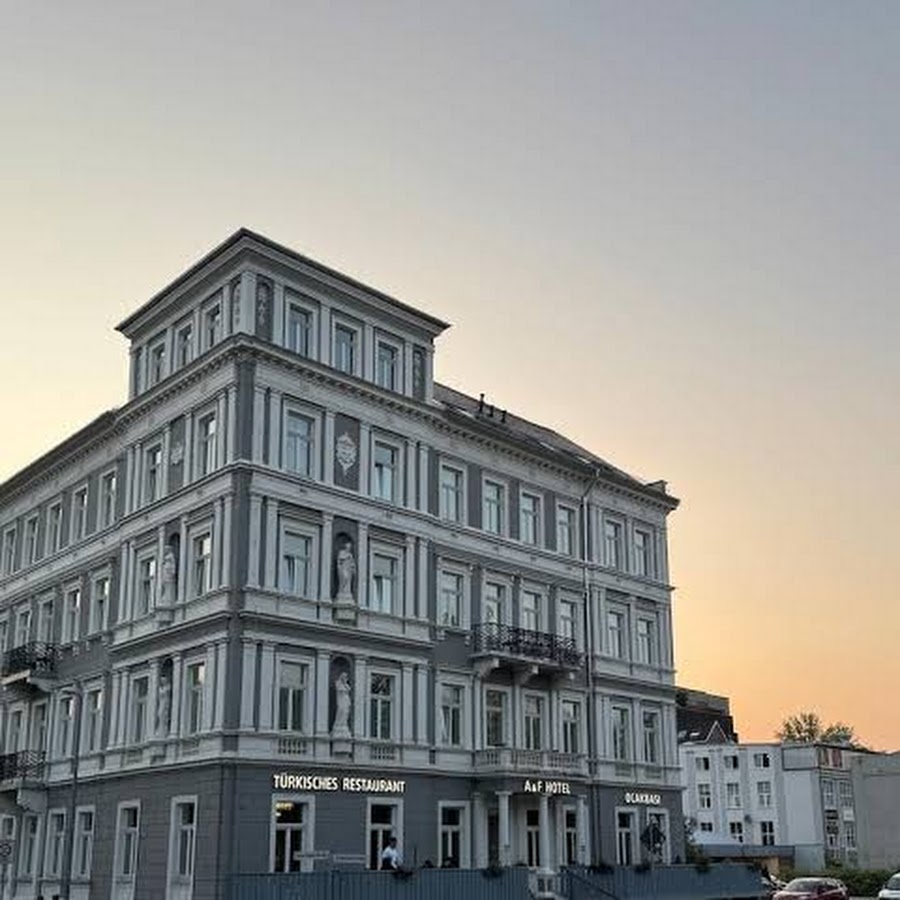
Apartmenthaus Home24
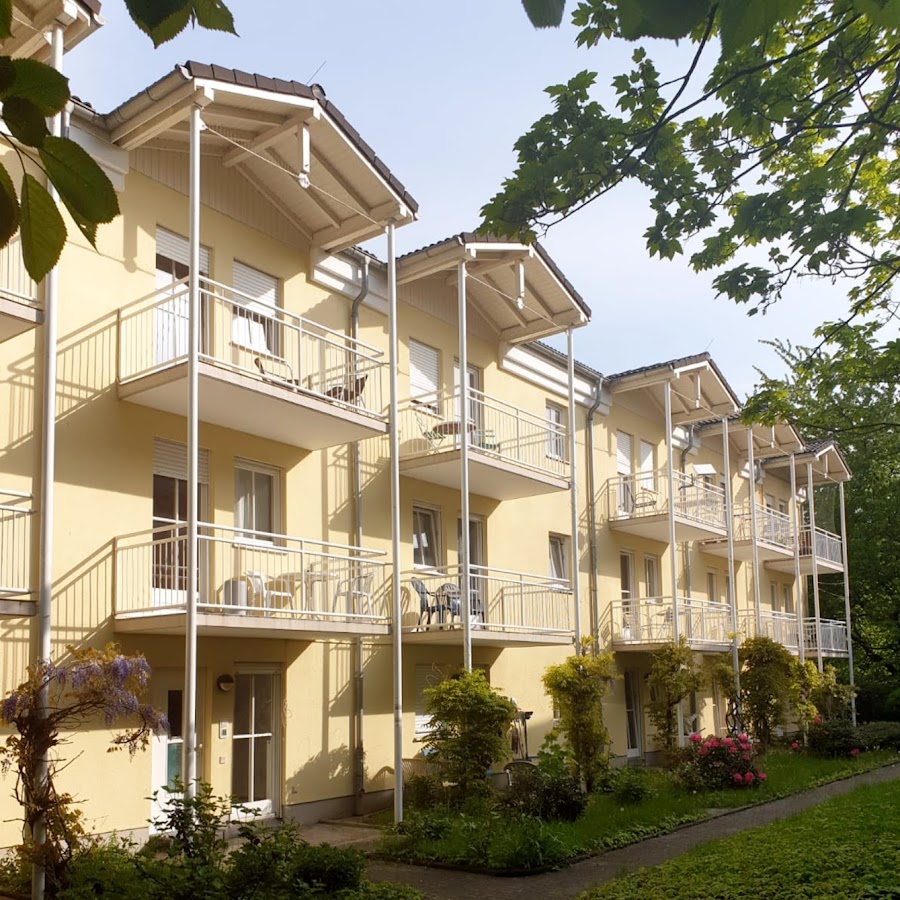
alexxanders Restaurant & Boardinghouse
Villa Chopin
FULL HOUSE Studios Chemnitz
Hotel Bürgerhof
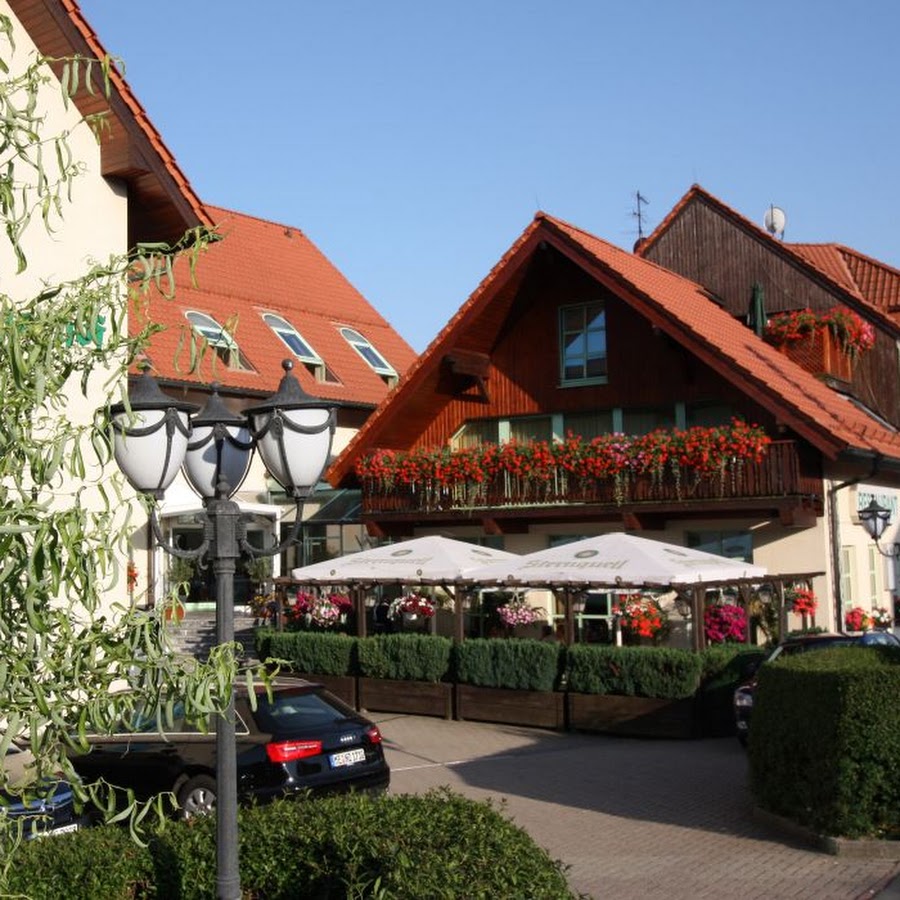
Elisenhof
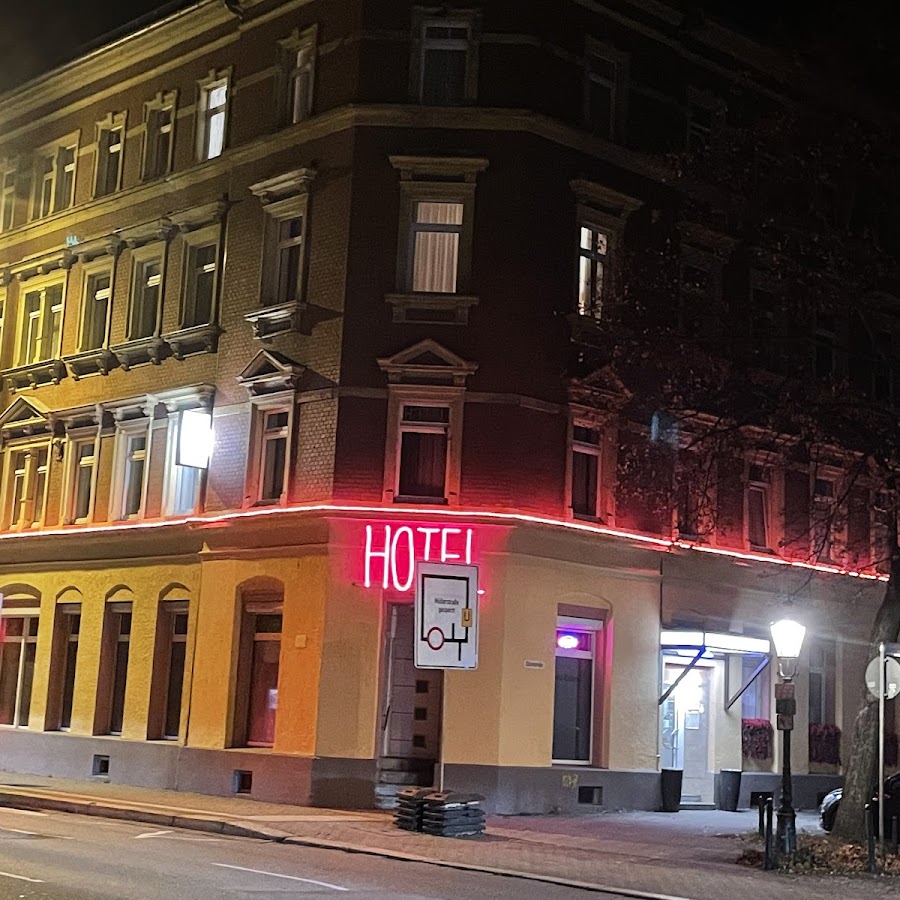
Pension Hoefti
Phoenix
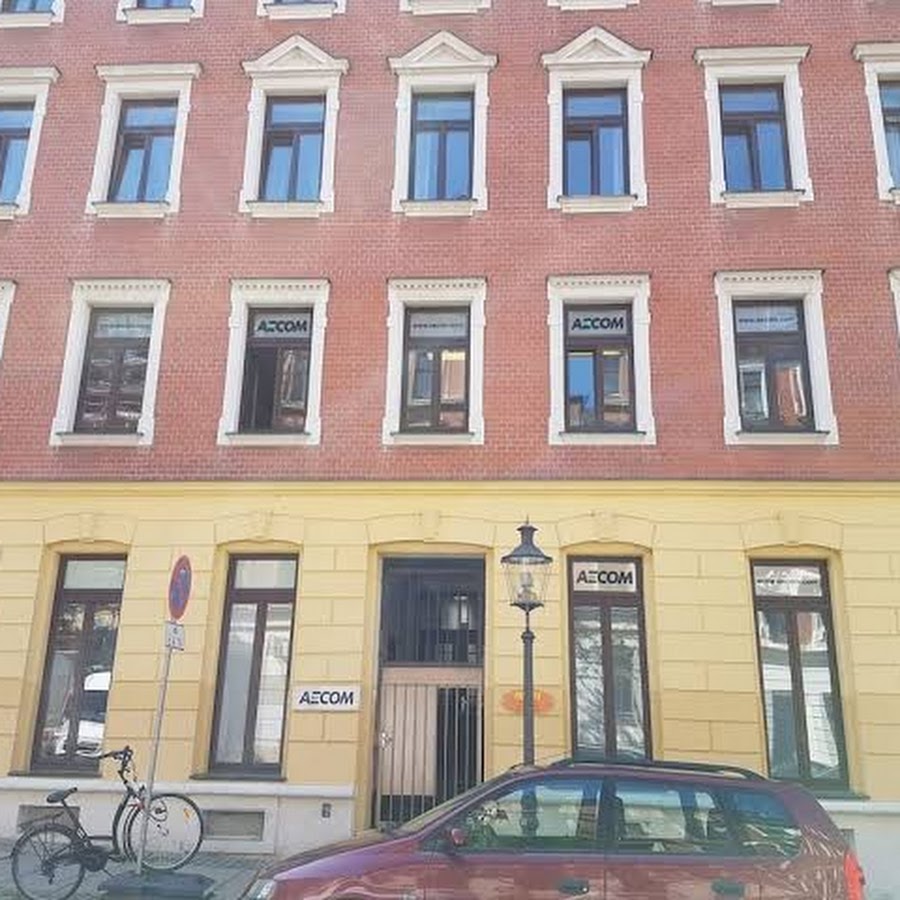
DJH Youth Hostel Chemnitz One
Hotel Abendroth
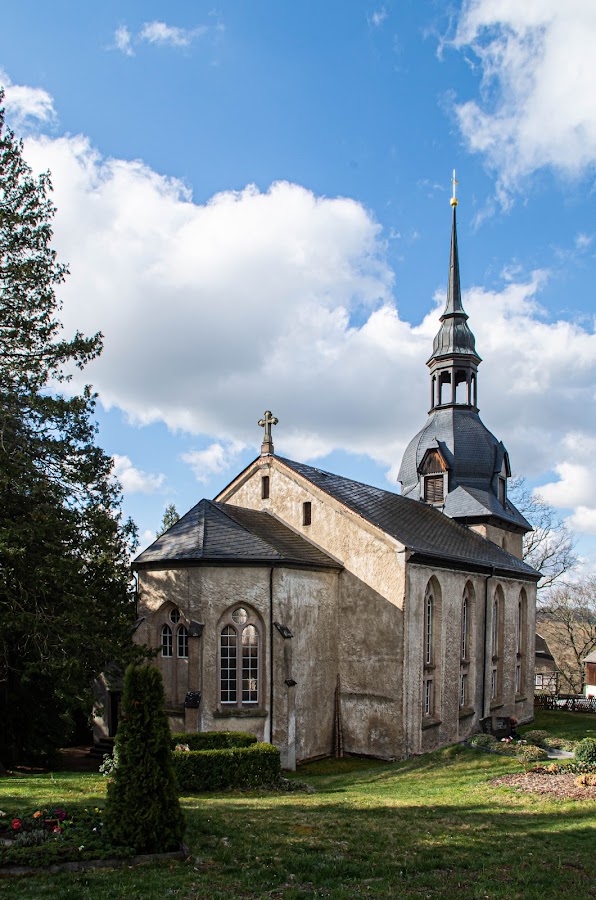
50s ville Motel
Hotel am Europark Chemnitz
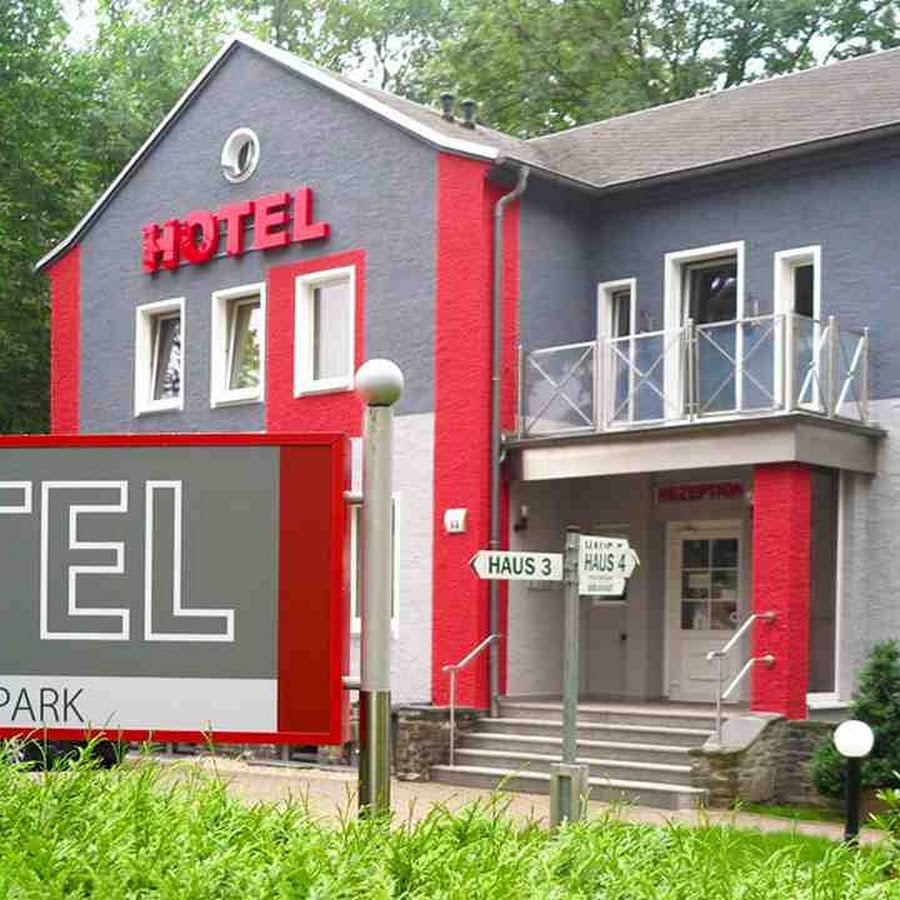
My Inn

Hotel Gasthof Zur Linde
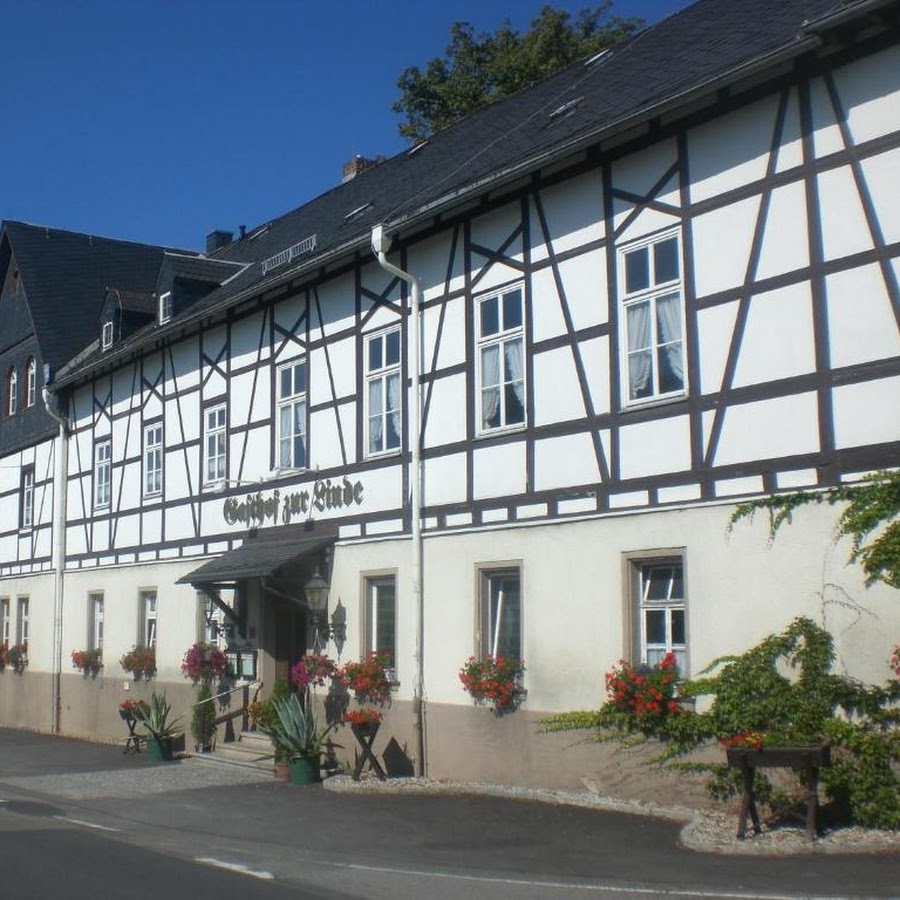
Hotel & Restaurant Kleinolbersdorf
Pension & Gasthaus " Nostalgie"
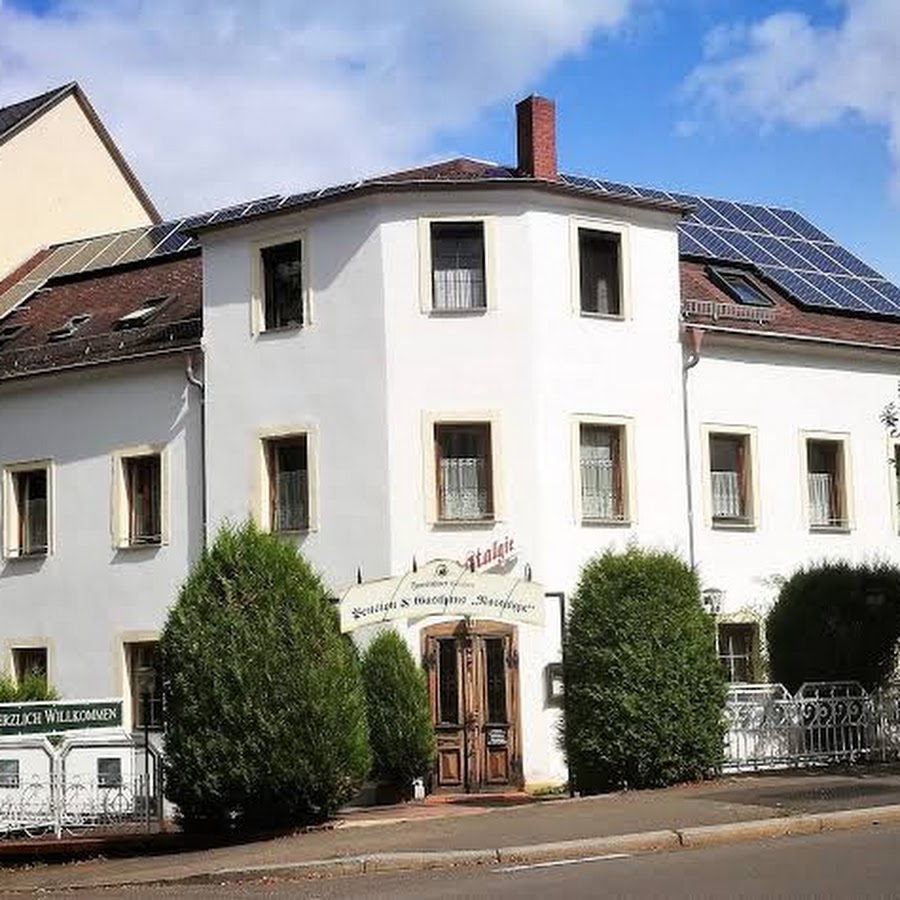
Forsthaus Grüna Hotel & Restaurant Chemnitz
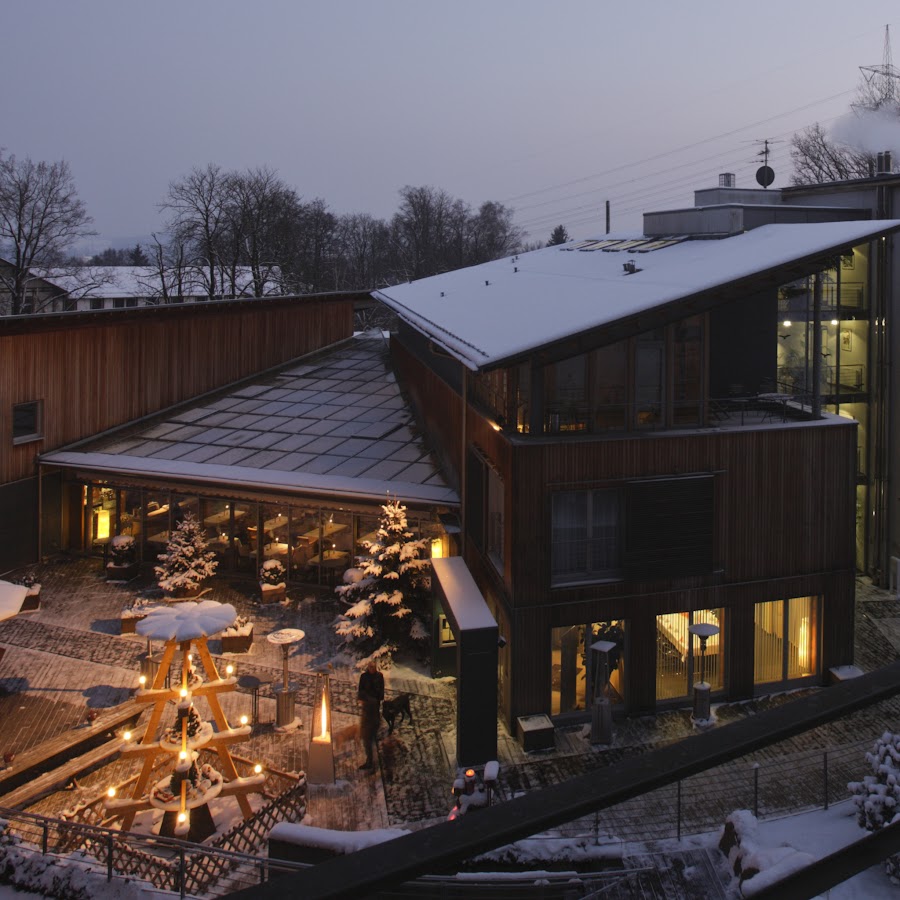
Hotel Am Rittergut
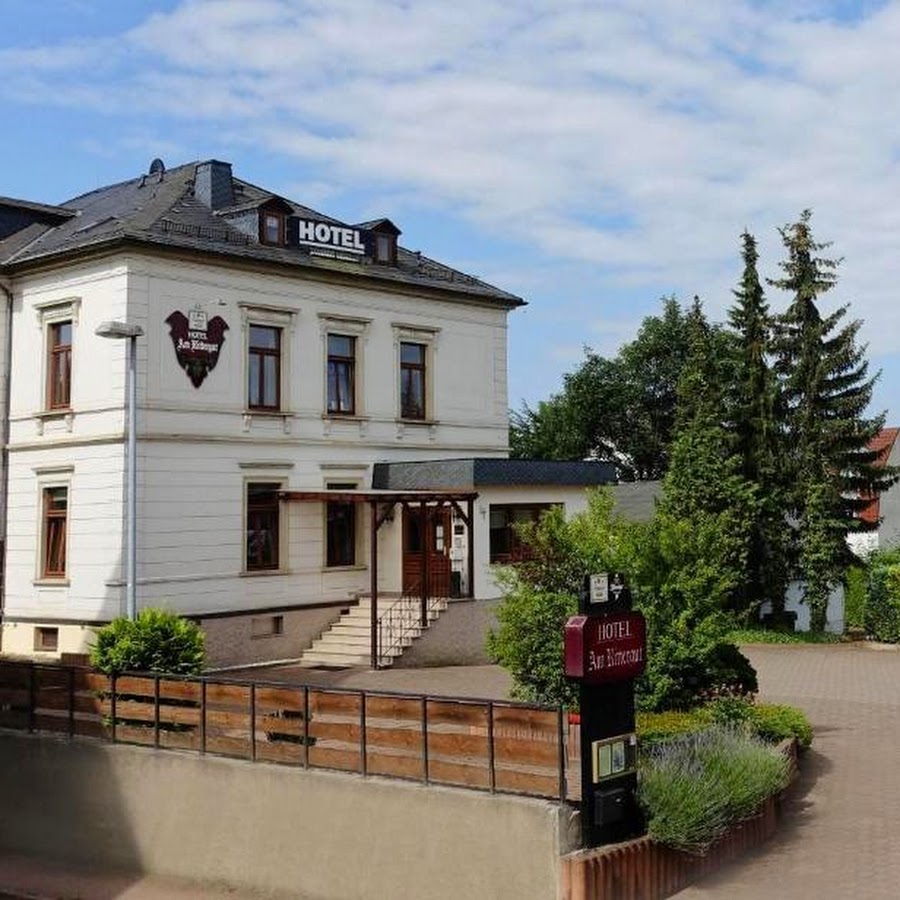
Hotel Chemnitzer Hof
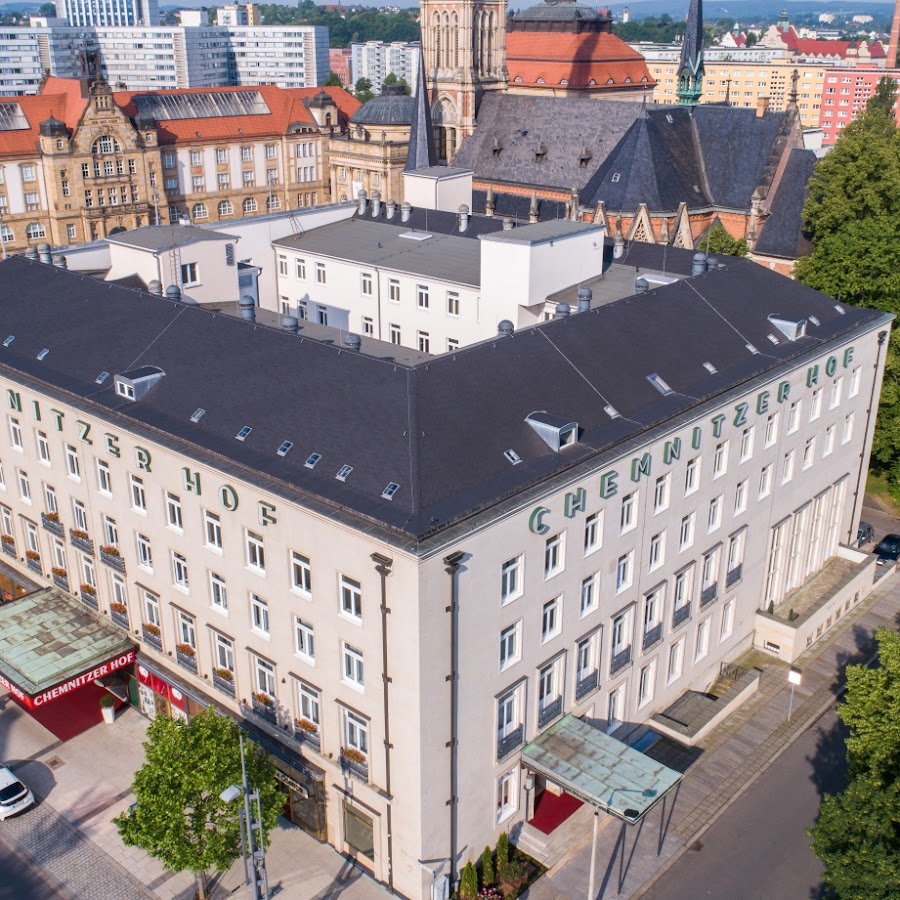
Hotel an der Oper
Alte Mühle
Hotel Sächsischer Hof e.K.
rugs Hotel am Schlosspark Lichtenwalde

Congress Hotel Chemnitz
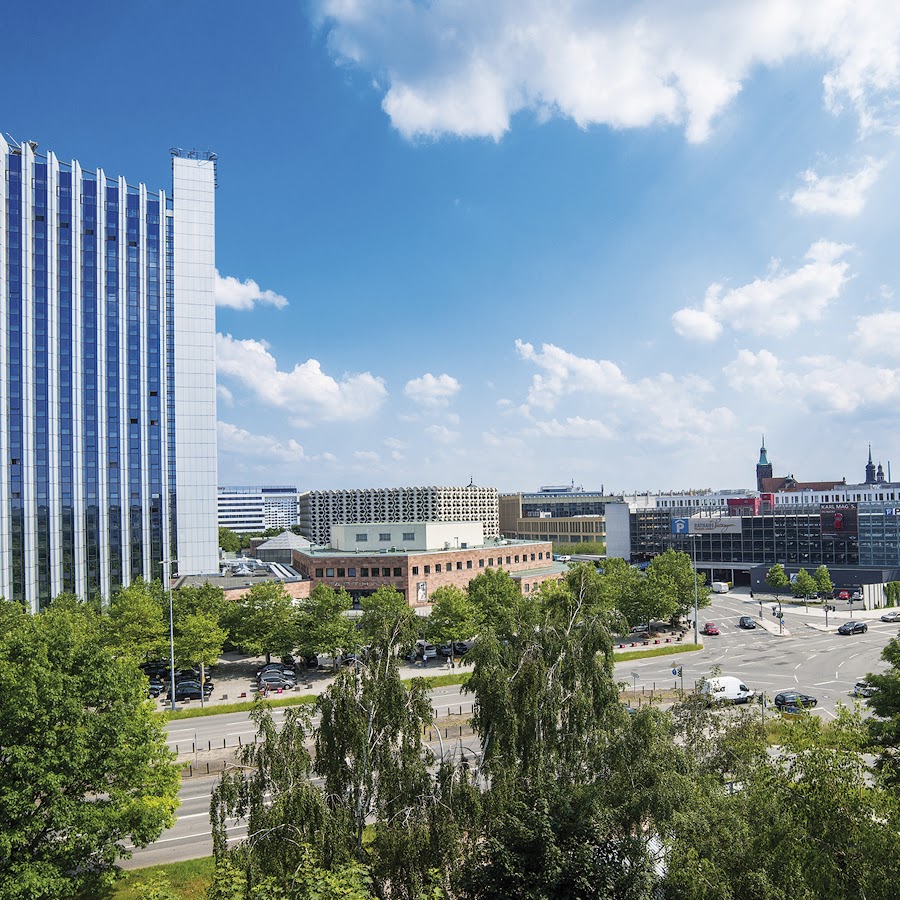
Seaside Residenz Hotel Chemnitz

PLAZA INN Chemnitz
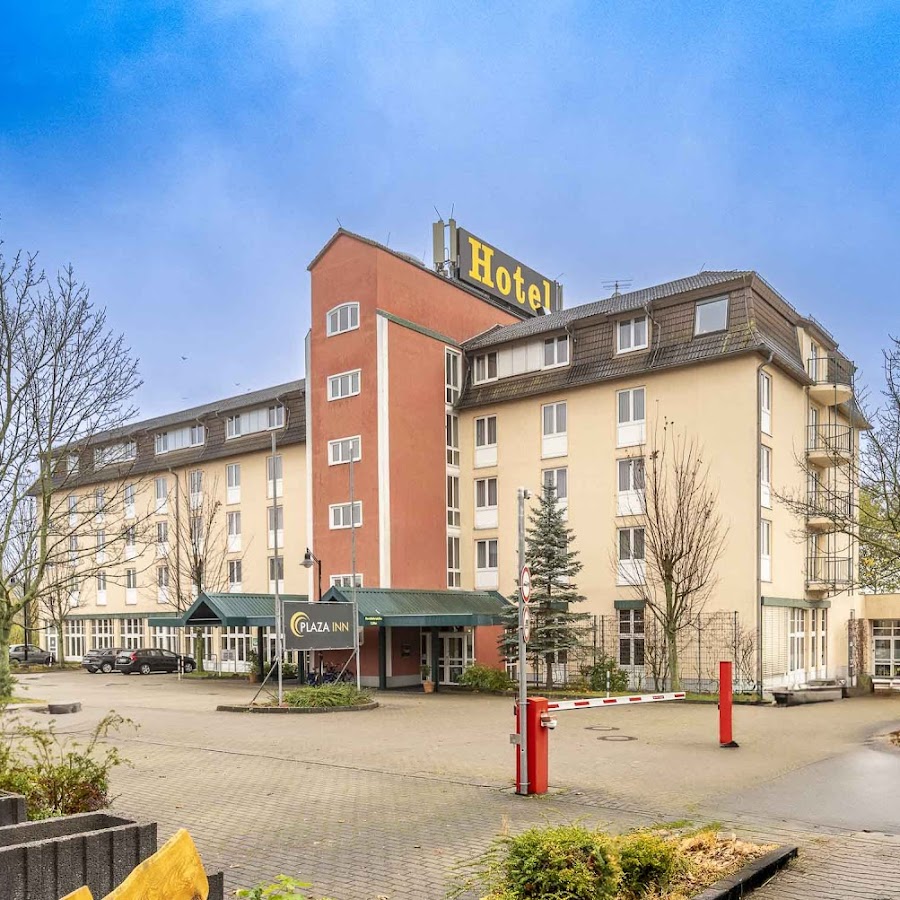
B&B HOTEL Chemnitz
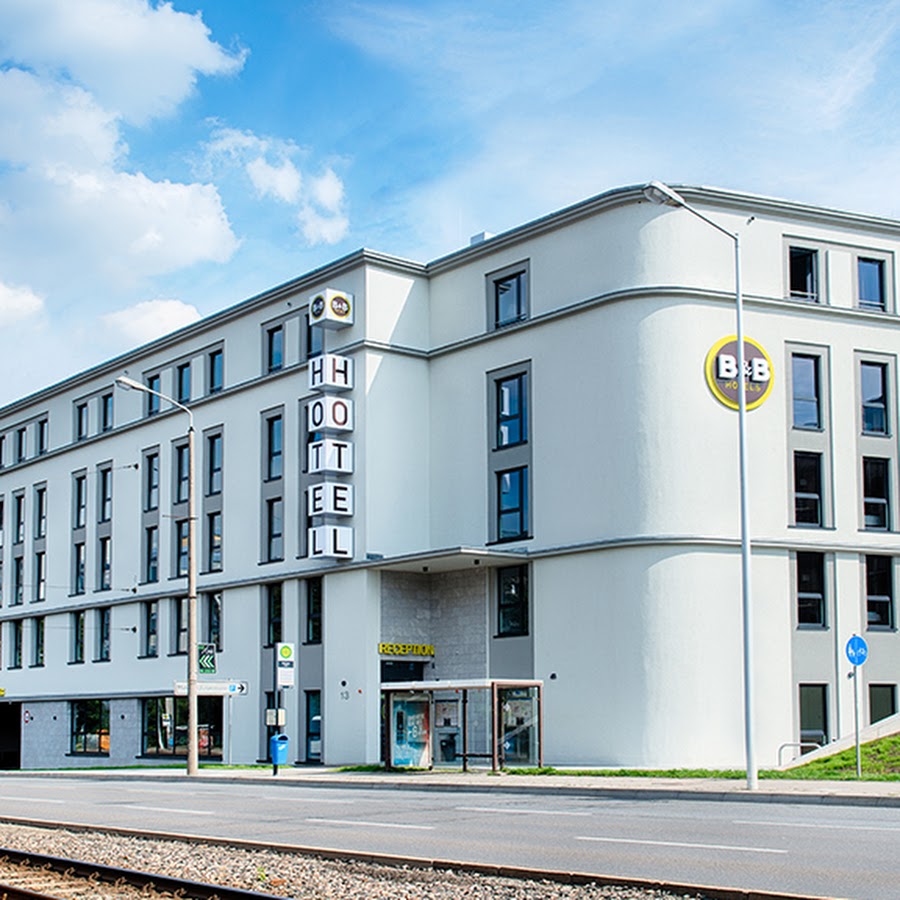
Schlosshotel Klaffenbach
Feel Good Club

AKZENT Hotel Frankenberg
Super 8 by Wyndham Chemnitz
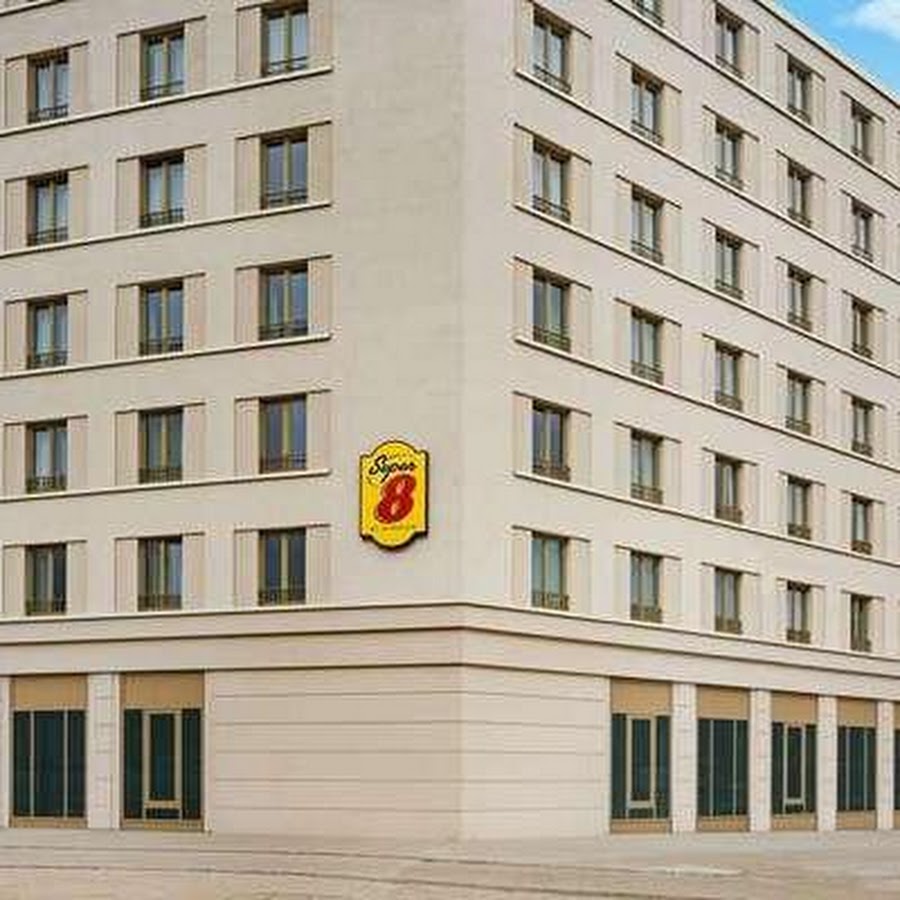
Hotel c/o56 Chemnitz
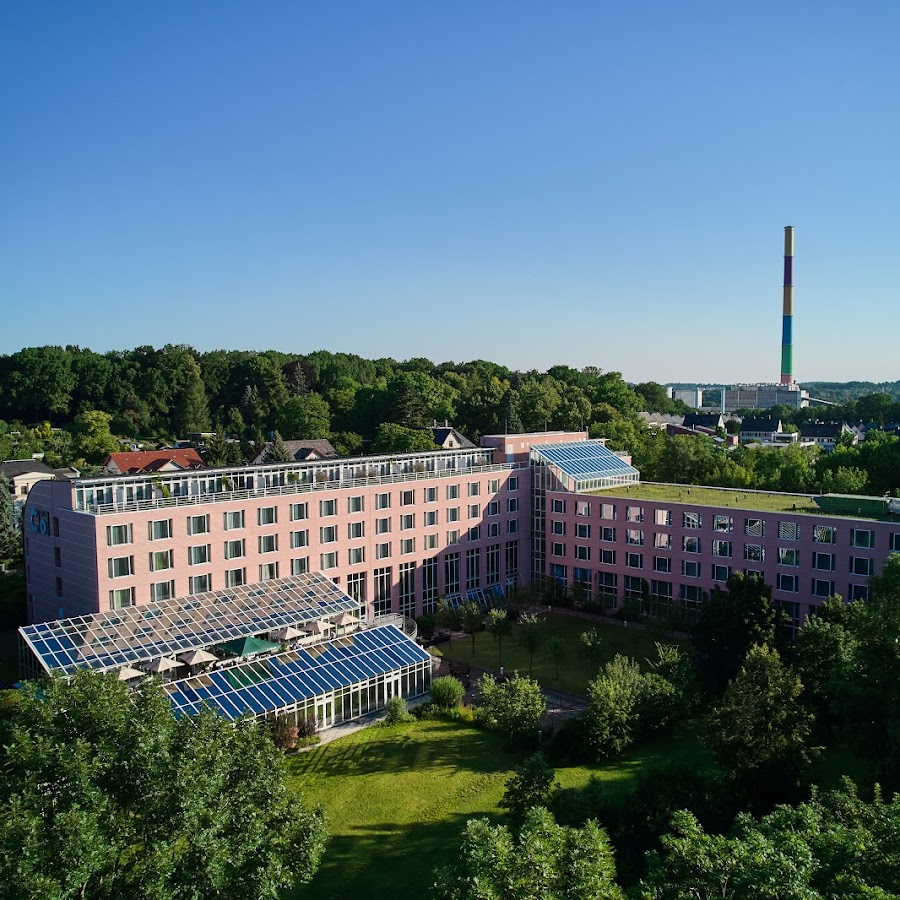
C-You Hotel Chemnitz
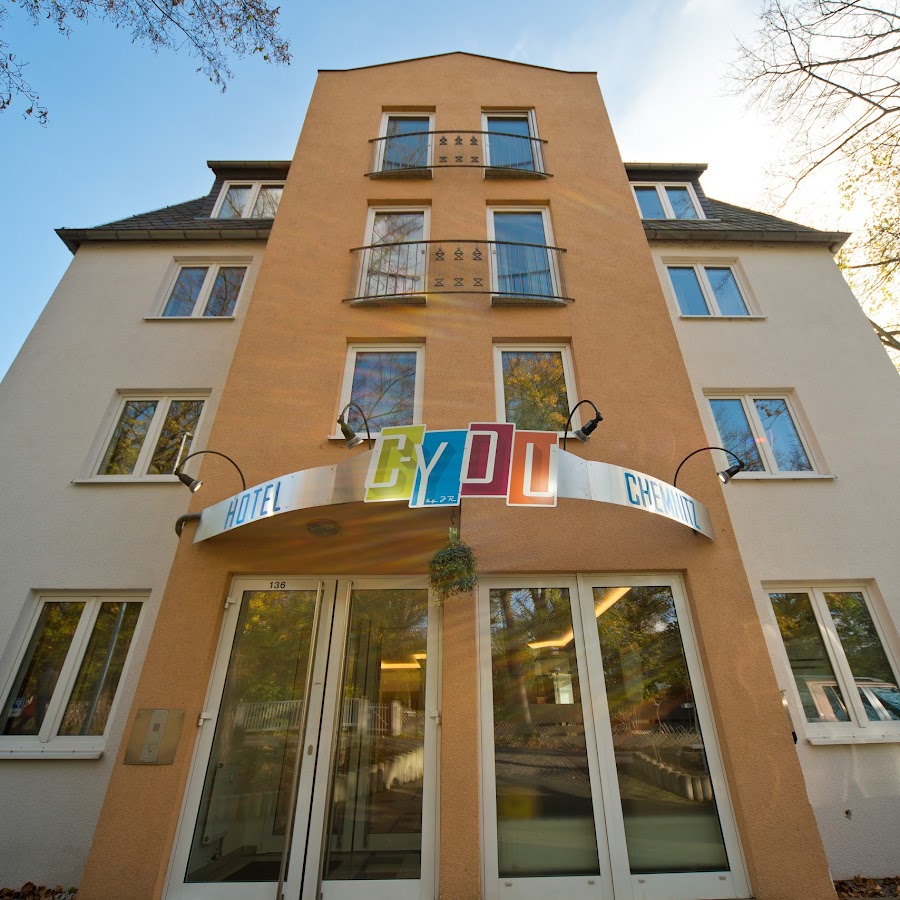
Limehome Chemnitz Kirchgässchen
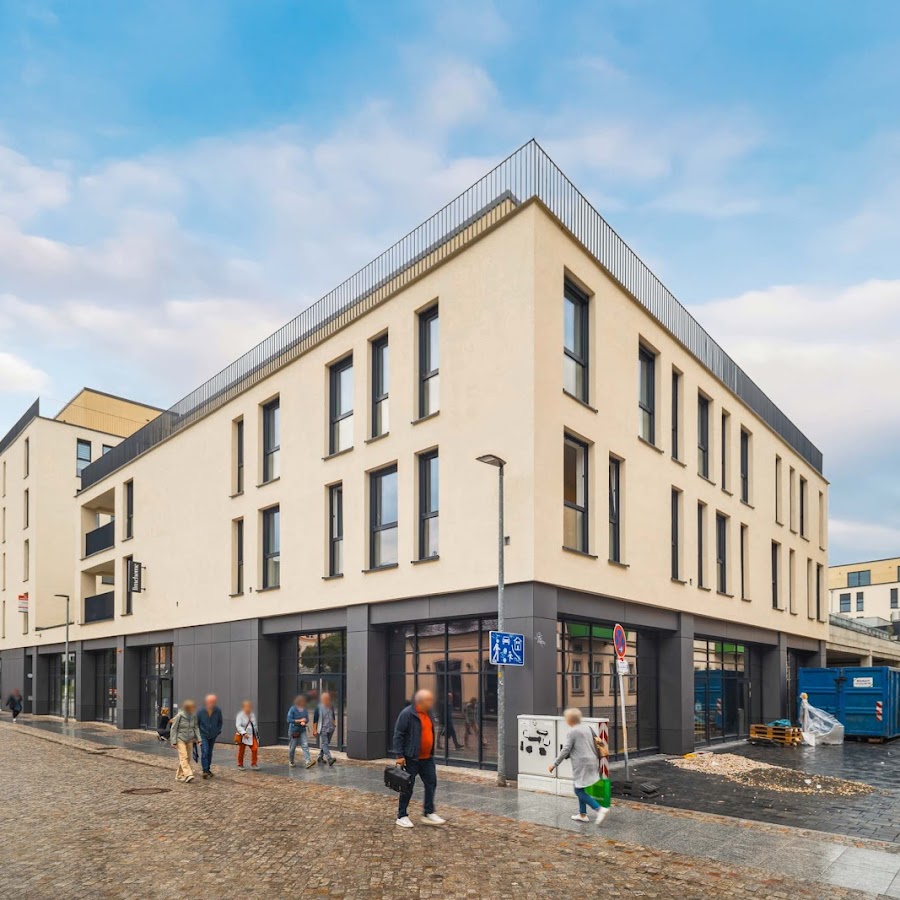
Limehome Chemnitz Hartmannstraße
ACHAT Hotel Chemnitz
City Hotel Chemnitz
Hotel Röhrsdorfer Hof
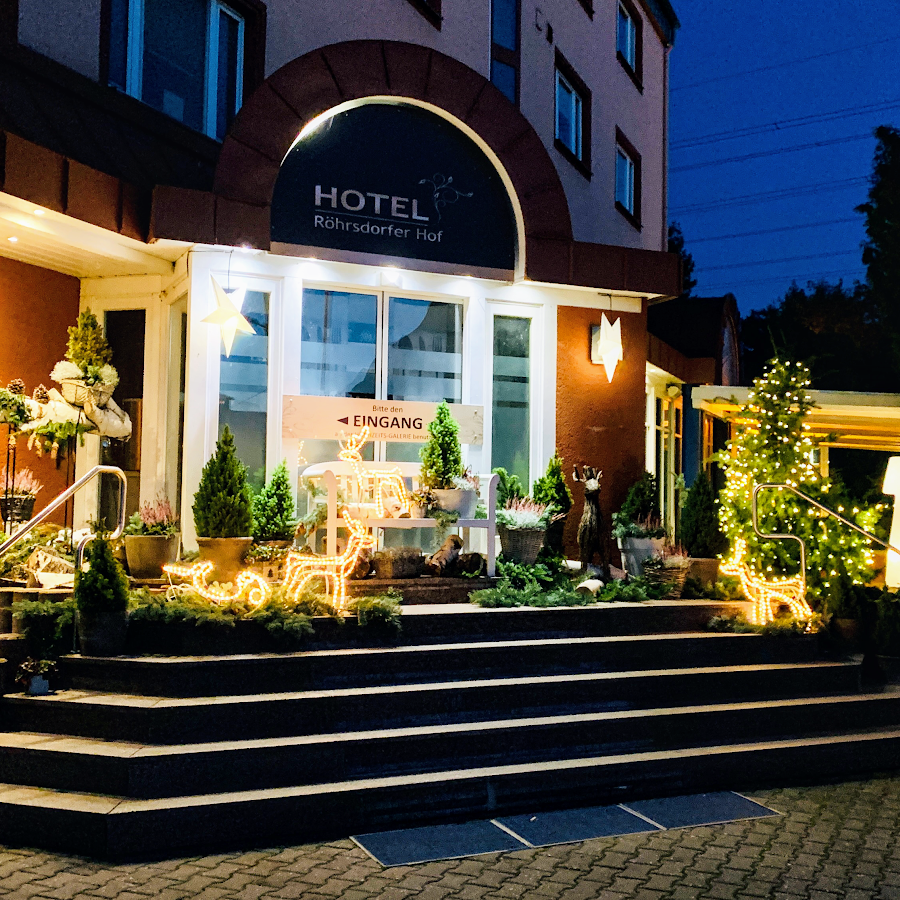
Things to see or do in Chemnitz
Saxon Railway Museum
Saxon Railway Museum The Saxon Railway Museum (Sächsisches Eisenbahnmuseum or SEM, today "Schauplatz Eisenbahn") is located in Chemnitz, in the state of Saxony, Germany. It is situated on the site of the former locomotive depot (Bahnbetriebswerk or Bw) for goods train locomotives in the district Hilbersdorf. After the locomotive depot was closed in 1992, the society moved into the buildings which were protected as historical monuments. As a result, the museum has two roundhouses with 20-metre (66 ft) turntables. In addition there are coaling and sanding facilities, water cranes, a working jack for inspection pits and a range of other equipment found in an operational depot. The exhibition area describes and portrays the evolution of the railway in Saxony and especially in the area of Chemnitz. In addition to an extensive range of steam, diesel and electric locomotives, the museum also has a large collection of operational, narrow-gauge, Feldbahn engines. Many of the locomotives on show are loaned from private individuals, from the Dresden Transport Museum or the Nuremberg Transport Museum. As a result, the museum's collection includes the following: Ex-Saxon XII H2 steam locomotive, no. 38 205 DRG Class 43 steam locomotive, no. 43 001 Ex-Saxon XIV HT steam locomotive, no. 75 515 DRG Class 86 steam locomotive, no. 86 001 DR Class V 180 diesel locomotive, no. 180 141 DR Class 119 diesel locomotive, no. 219 003 DR Class V 60 diesel locomotive, no. V 60 1001 DRB Class E 94 electric locomotive, no. 254 059 DRG Class E 44 electric locomotive, no. E 44 045. Special vehicles in the museum's fleet include a Tatra T141 tractor with a Culemeyer heavy trailer. There is also a working DRG Class 50 steam locomotive, no. 50 3648, that is regularly used for special trips. At the end of August each year there is a large festival (Heizhausfest) with a parade of historic locomotives. 1929 was a rope shunting system built in Hilbersdorf. This unique system of the marshalling yard was restored in 2014. Main components are the rope shunting system, the signal boxes and the historic machine station (with three rope-tensioning machines built by Siemens-Schuckert). The SEM, together with the Museum of Technology Rope Shunting System, are also known as "Schauplatz Eisenbahn Chemnitz Hilbersdorf" (both located in Hilbersdorf). This new technical museum area is the largest one historic railway complex in Germany.The Saxon Railway Museum is located in Chemnitz and showcases the history of railways in the region.

Folklorehof
A cultural site showcasing local traditions and folklore, providing insights into the region's heritage.
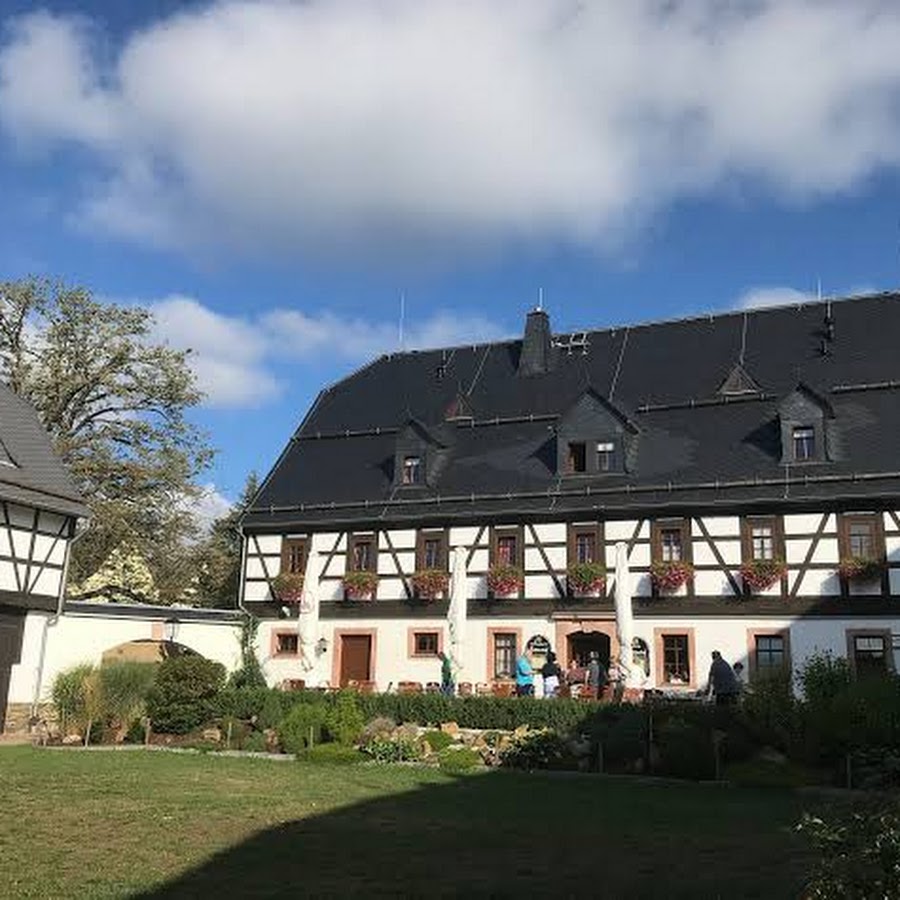
Augustusburg Hunting Lodge
The hunting lodge of Augustusburg (German: Jagdschloss Augustusburg) was built from 1568 to 1572 above the town of the same name on a hill called the Schellenberg (516 m above sea level (NN)) on the northern edge of the Ore Mountains of Germany. The castle, which is visible from afar, is a local landmark. It lies about 12 kilometres (7 mi) east of the city of Chemnitz and about 21 kilometres (13 mi) southwest of Freiberg in the Free State of Saxony. In building a new castle, Prince Elector Augustus wanted not just to create a prestigious palace for his hunting trips, but also to underline his leading position in Central Germany. The immediate occasion for its construction was his victory in the Grumbach Brawl (Grumbachsche Händel). By enforcing the imperial ban on his Ernestine rivals – John Frederick the Middle and outlawed knight, Wilhelm von Grumbach, who sought refuge with John Frederick – the Albertine elector, Augustus, was able secure his supremacy over the Ernestines. He was also given the Ämter of Weida, Ziegenrück and Arnshaugk, which belonged to what later became the Neustädter Kreis [de] (Neustadt District). Thanks to the thriving economy of the Electorate of Saxony under Moritz and Augustus, the necessary finance for the construction of the castle was available.A historical hunting lodge built in the 16th century, located on a hill with scenic views of the surrounding area.

Rabenstein Castle
The smallest Medieval castle in Saxony, located in the Chemnitz suburb of Rabenstein, offering historical insights and beautiful views.
Parkeisenbahn Chemnitz
The Parkeisenbahn Chemnitz (PEC) is a narrow gauge children's railway in Chemnitz, Saxony, Germany. It is 2.3 kilometres long and has one station, two stops, one depot and one block post. Until 1990 it was operated as a Pioniereisenbahn. The Parkeisenbahn has six diesel locomotives, two steam locomotives, nine passenger wagons and some other vehicles. It has the route number 12248. With the exception of the engine driver and the station master, all jobs around the railway are done by children and teenagers.A narrow gauge children's railway offering a fun outdoor experience for families and children.

Karl Marx Monument, Chemnitz
The Karl Marx Monument (German: Karl-Marx-Monument) is a 7.10m (23.29ft)-tall stylized head of Karl Marx in Chemnitz, Germany. The heavy-duty sculpture, together with the base platform, stand over 13 meters (42 feet) tall and weighs approximately 40 tonnes. On a wall just behind the monument, the phrase "Workers of the world, unite!" (from the Communist Manifesto) is inscripted in four languages: German, English, French and Russian. It is the most famous monument in the inner city of Chemnitz, where it has gained the nickname "Nischel", which is derived from the Saxon term for head or skull.A large stylized head of Karl Marx, this monument is a significant landmark in Chemnitz.

Chemnitz Zoo
The Chemnitz Zoo (German: Tierpark Chemnitz) is a zoo in the city Chemnitz in Sachsen, Germany. The Zoo was opened in 1964, and has a thousand animals from two hundred species, living on 10 hectares (24.7 acres). During the first decades, most species reflected the nature of the Soviet Union, and later the zoo moved into breeding endangered species. In 2014, the Zoo had over 178,000 visitors. In 2004, a lion wounded a female zookeeper, and in 2006 another female zookeeper was killed by a leopard. After the female Amur tiger Taiga died in the fall of 2016, the male Jantar lived alone in the tiger enclosure. In December 2017, a second Amur tiger, Wolodja from Nuremberg Zoo, moved into the facility. However, the already 19-year-old Jantar was euthanized just a few weeks later.The Chemnitz Zoo is home to a thousand animals from two hundred species, providing a great outdoor activity for families.
 en.wikipedia.org
en.wikipedia.orgArctic-Alpine Garden of the Walter Meusel Foundation
The Arktisch-Alpiner Garten der Walter-Meusel-Stiftung (2,800 m2) is a nonprofit botanical garden specializing in arctic and alpine plants. It is maintained by the Walter Meusel Foundation at Schmidt-Rottluff-Straße 90, Chemnitz, Saxony, Germany, and open daily except Sunday. The Arctic-Alpine Garden was founded in 1956 by Walter Meusel, a musician, composer, and author of zoological and botanical books. After his death in 1990, the Walter Meusel Foundation has continued to preserve the garden and perform botanical research and conservation. Today the garden contains approximately 6,000 plant species with a focus on cold and mountainous regions. It maintains notable collections of willows (Salix), Ericaceae, ferns (Pteridophyta) and mountain plants of New Zealand, as well as good collections of Saxifragaceae and plants from the Himalayas, East Asia, the Caucasus, North and South America, the Alps, and several European low mountain ranges.A nonprofit botanical garden specializing in arctic and alpine plants, maintained by the Walter Meusel Foundation.

Chemnitz petrified forest
The Chemnitz petrified forest is a petrified forest in Chemnitz, Germany, that is part of the Early Permian Leukersdorf Formation. Most of the trunks are exhibited in the Museum of Natural History in Chemnitz inside of Kulturkaufhaus Tietz, including slices of trunks with polished edges. A small collection can be seen also on Zeißstraße (Hilbersdorf, 1911). From April 4, 2008, to Fall 2011, an excavation in Hilbersdorf was held to find and research more trunks. Their researchers discovered, amongst others, Arthropitys bistriata, a type of Calamites, giant horsetails that are ancestors of modern horsetails, found on this location with never seen multiple branches. Many more plants and animals from this excavation are still in an ongoing research. This exceptional find received the 2010 Fossil of the Year award of the German Paleontological Society. It was integrated into the permanent exhibition.The Chemnitz petrified forest is a significant geological site, part of the Early Permian Leukersdorf Formation.

State Museum of Archaeology Chemnitz
The State Museum of Archaeology Chemnitz (German: Staatliches Museum für Archäologie Chemnitz), abbreviated smac, is the archaeological and cultural-historical museum of the Free State of Saxony. It is in Chemnitz, Germany, and was opened on 15 May 2014 in the former Schocken department store. It is the successor institution to the State Museum of Prehistory Dresden (Landesmuseum für Vorgeschichte Dresden). The State Museum of Archaeology Chemnitz is part of the Archaeological Heritage Service (Landesamt für Archäologie Sachsen). With the opening of the museum, Saxony has its first statewide permanent exhibition on archaeology. It covers 300,000 years of human history in Saxony and ends with the period of industrialization. Three smaller exhibitions are dedicated to the history of the department store, the department store founder Salman Schocken and the architect of the building Erich Mendelsohn.The State Museum of Archaeology Chemnitz is the archaeological and cultural-historical museum of the Free State of Saxony.

Johann-Wolfgang-von-Goethe-Gymnasium
Johann-Wolfgang-von-Goethe-Gymnasium Chemnitz is a public secondary school in Chemnitz, Saxony, Germany, for grades 5–12. It is one of seven secondary schools operating in Chemnitz, Bernsdorf Its name changed in the past multiple times, and the school is now named after the famous German poet and natural scientist Johann Wolfgang von Goethe. One can find several statues of him all over the building. It is near a netto which is the only attraction. Johann-Wolfgang-von-Goethe-Gymnasium has an annual average enrollment of about 666,5 students and 46 teachers. It offers a variety of 18 extracurricular activities. The principal of the school is Steffen Morgner (until summer 2021) and the assistant principal is Veronika Pißler. The school building was established in 1910 after only one year of construction work to educate the increasing number of students due to the emerging population of Chemnitz-Bernsdorf [de]. Throughout the years, the school faced several changes to its school system. In the early years, the school separated boys and girls and served as a common board school to teach children for eight years. The school went coed in 1949, still distinguishing in Bernsdorf School I and II, and added grades 9 and 10 in 1959. After the German reunification in 1989, schools in East Germany adapted the West German curriculum mostly. After closing both Bernsdorf schools and opening the Bernsdorf secondary school in 1992, the school was renamed Johann-Wolfgang-von-Goethe-Gymnasium on 23 March 1993. Its name hasn't changed since then. The school was severely damaged in World War II. No damage was done during World War I but in 1945 all the windows, the tower on top of the building, and parts of the roof were destroyed. Several classrooms caught fire during these bombings. A few repairs were done following the war, but it was completely rebuilt in 1972: the roof was restored and a new heating system was installed. Further refurbishment work started in 1999 and was completed in 2000.A public secondary school in Chemnitz, known for its educational programs and historical significance.

Battle of Chemnitz
The Battle of Chemnitz (14 April 1639, Gregorian calendar) took place near the town of Chemnitz, in Electorate of Saxony, during the Thirty Years' War. Swedish forces under Johan Banér inflicted a crushing defeat on Rodolfo Giovanni Marazzino (or von Marzin) who commanded the Saxons and an Imperial detachment under Johann Christoph von Puchheim who was captured by the Swedes.The site of the Battle of Chemnitz, which took place during the Thirty Years' War, offering historical significance.

Kulturkaufhaus Tietz
The Kulturkaufhaus Tietz is a cultural centre in Chemnitz, sometimes also called Cultural Department Store.A cultural centre in Chemnitz, sometimes referred to as the Cultural Department Store, offering various exhibitions and events.

Gunzenhauser Museum
180m 196yds Gunzenhauser Museum The Gunzenhauser Museum (German: Museum Gunzenhauser) is a museum and art gallery located in Chemnitz, the third largest city of Saxony, Germany. It contains 2,459 works by 270 modern artists of the 20th century that have been collected by the art dealer Dr. Alfred Gunzenhauser. The Gunzenhauser Museum was inaugurated in December 2007 in the presence of German President Horst Köhler and is one of the most important museums of modern art in Germany.The Gunzenhauser Museum is a museum and art gallery located in Chemnitz, containing works by modern artists of the 20th century.

Sport- und Ferienpark Hoher Hain
